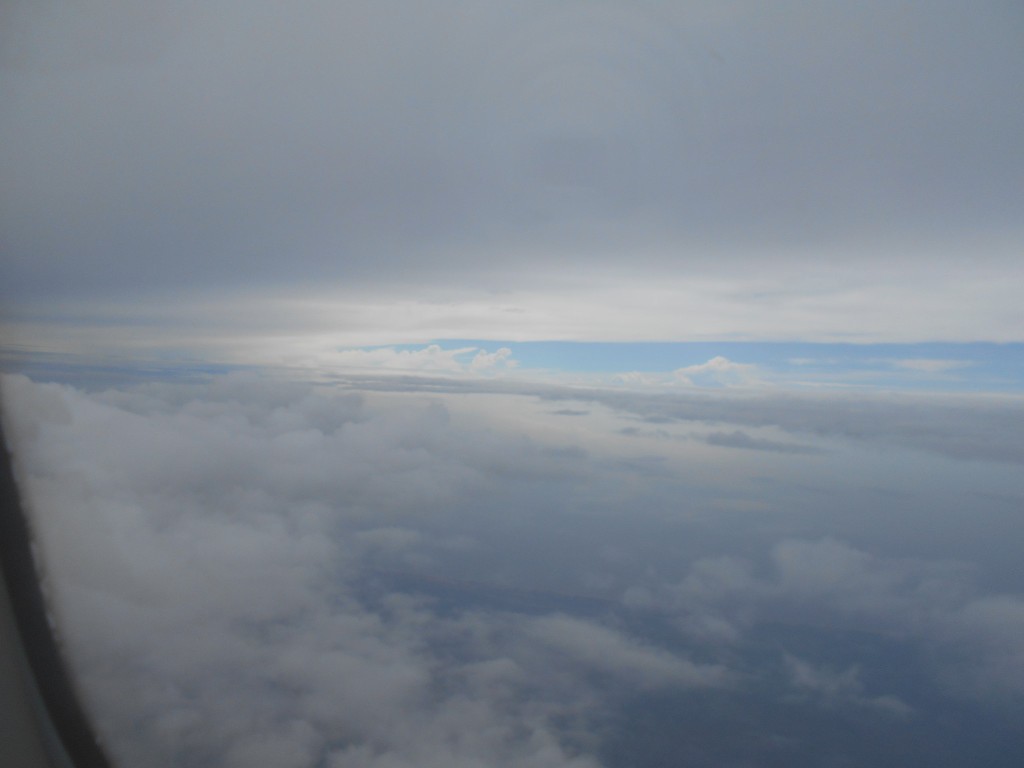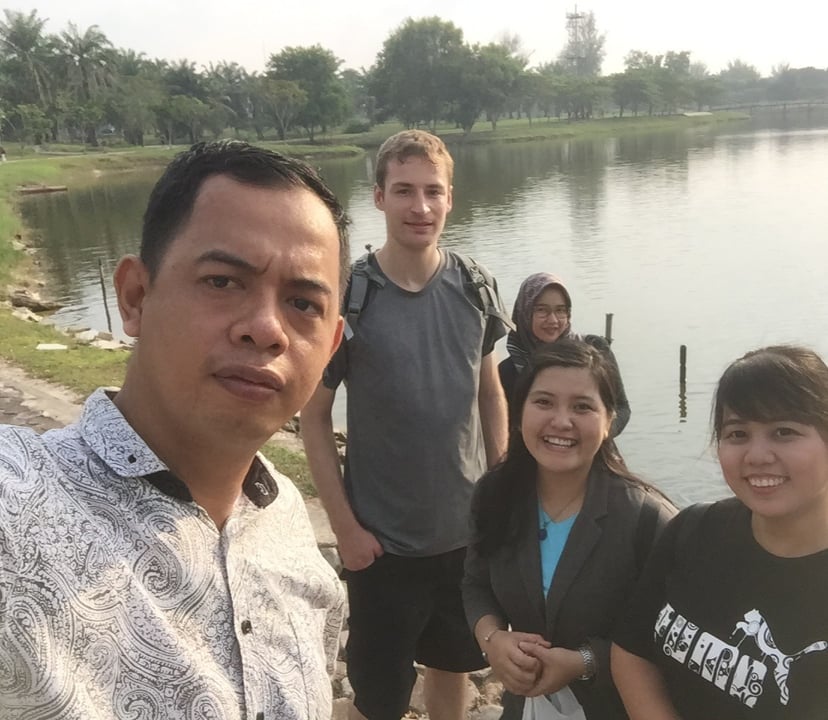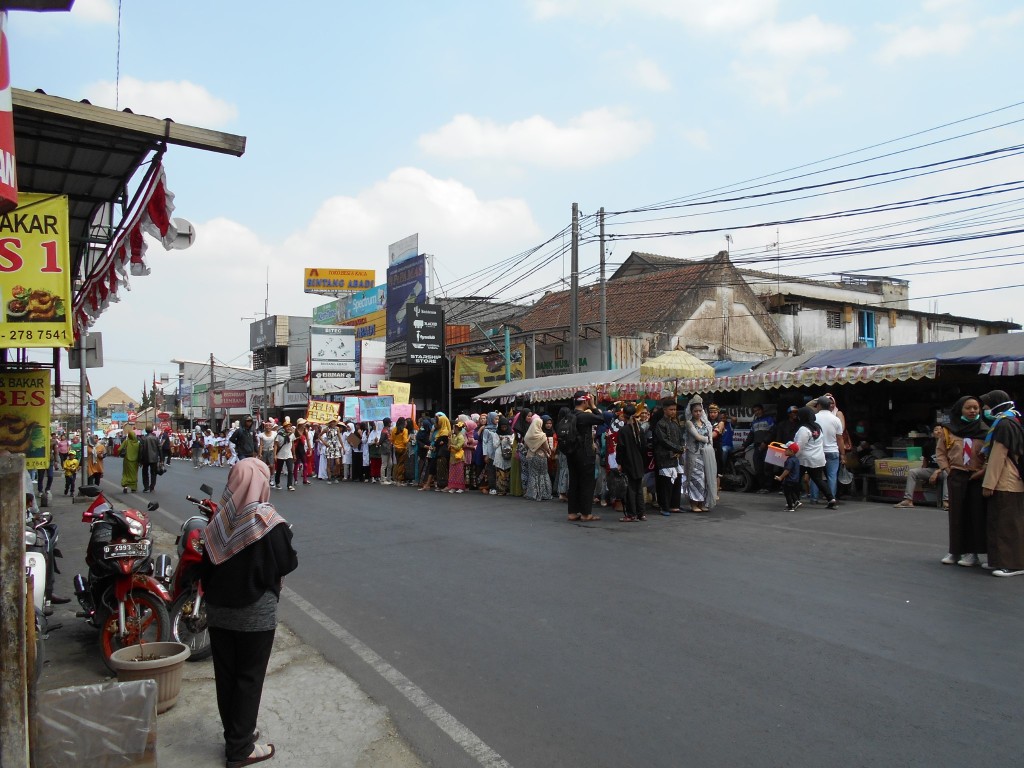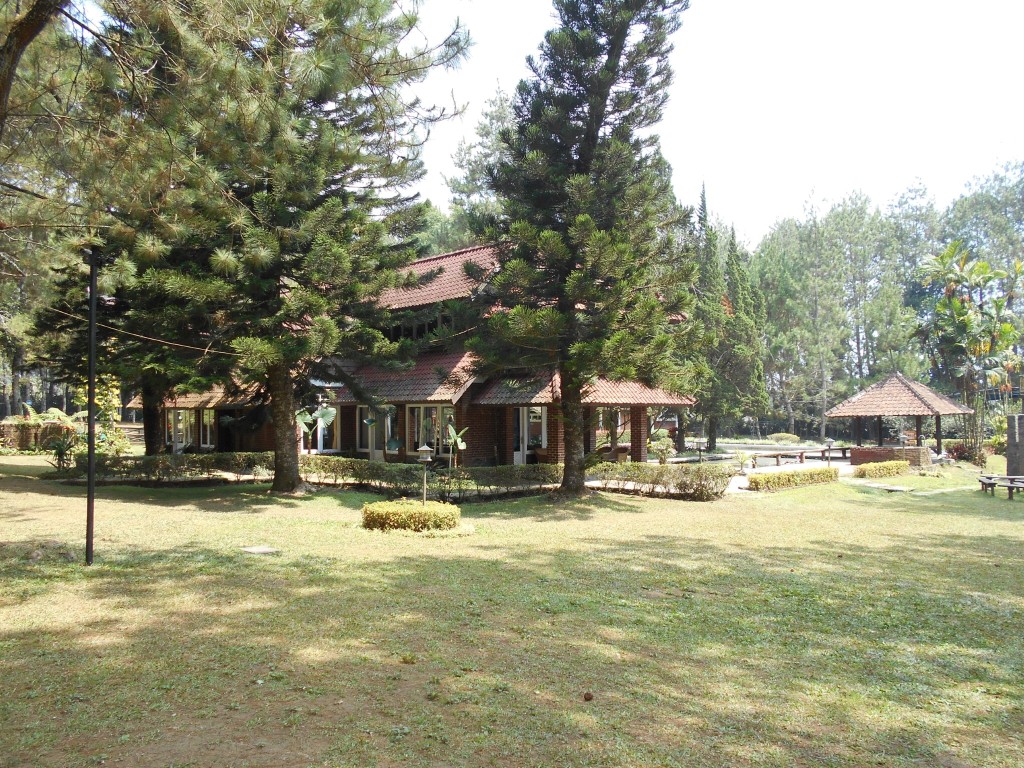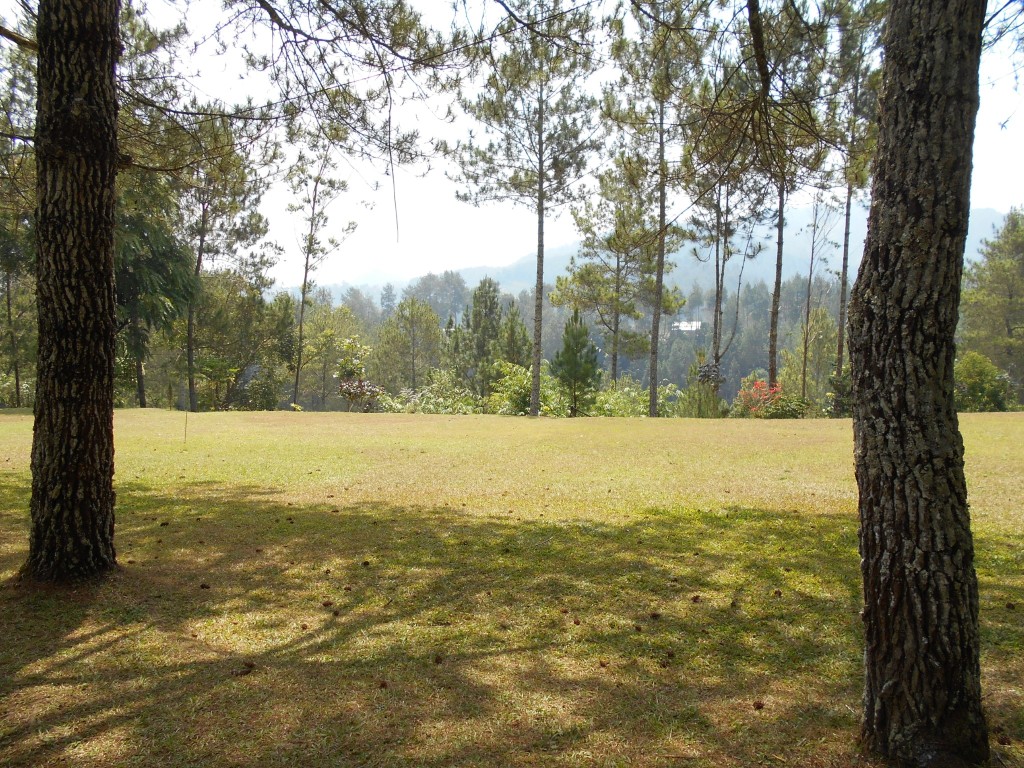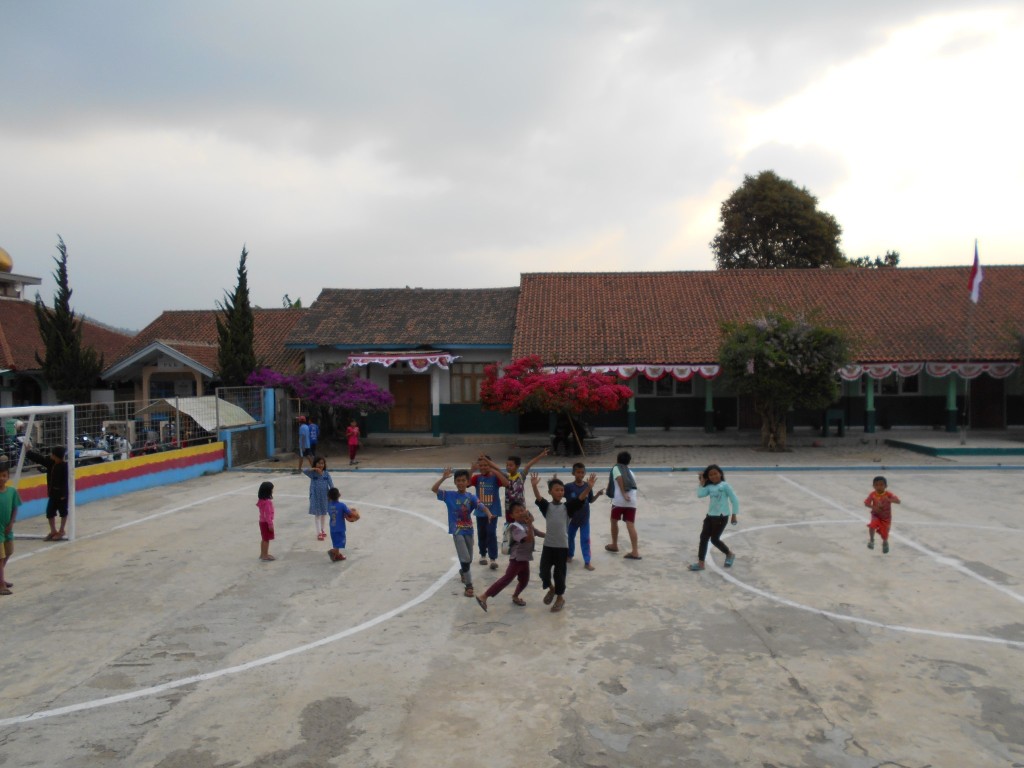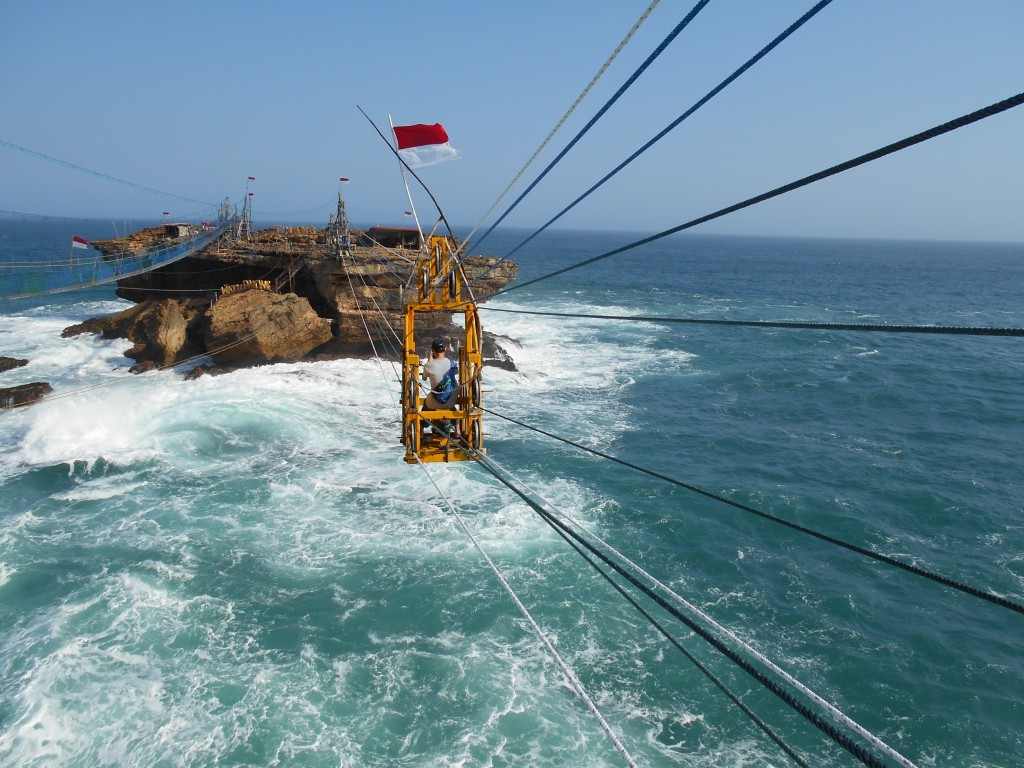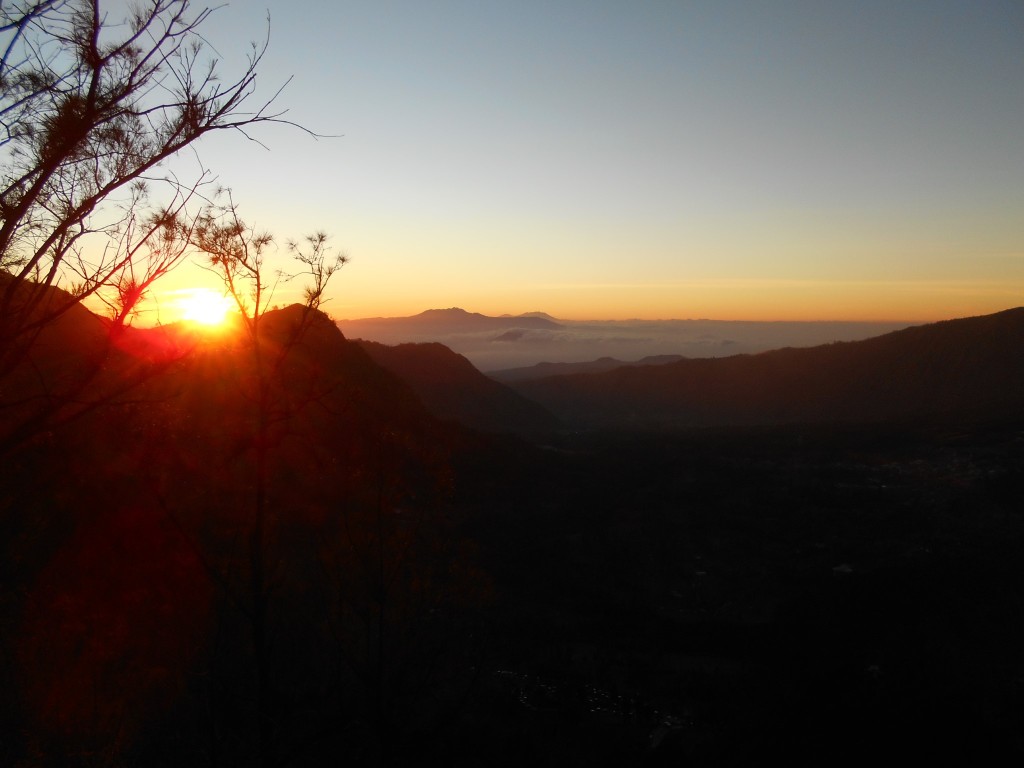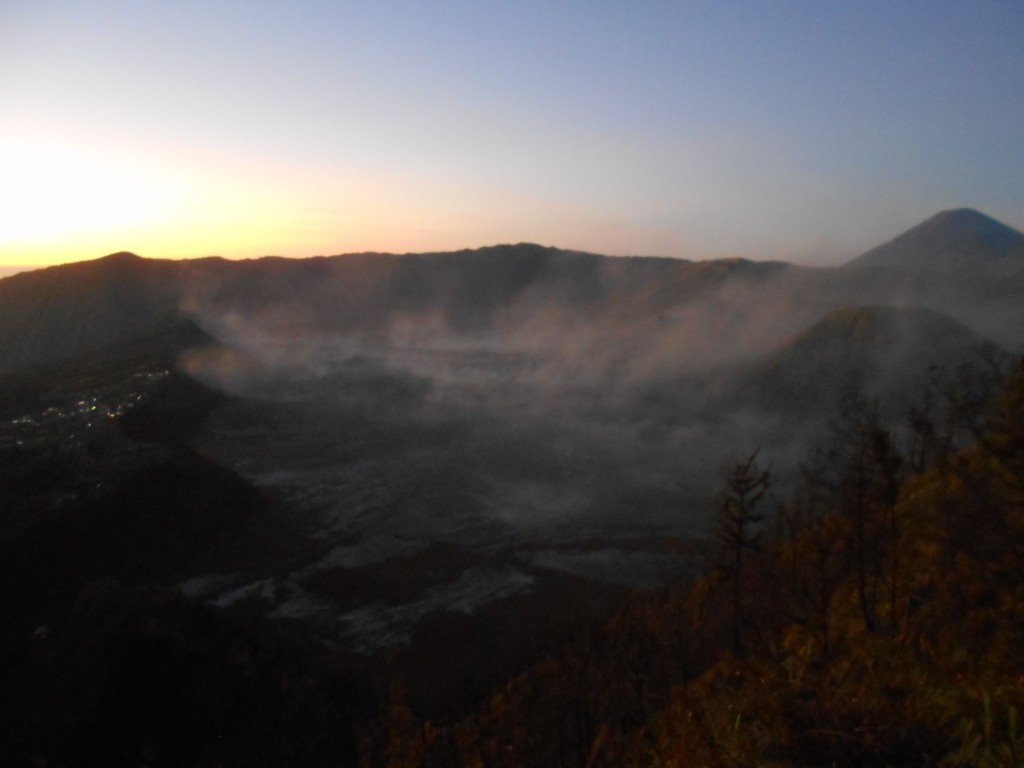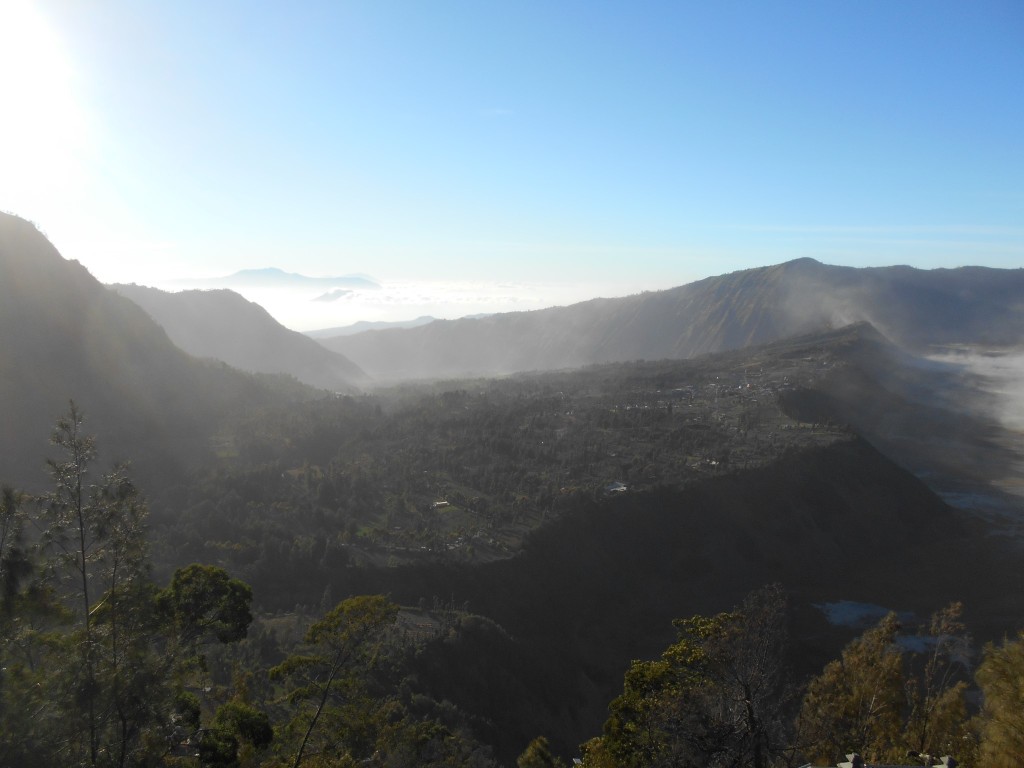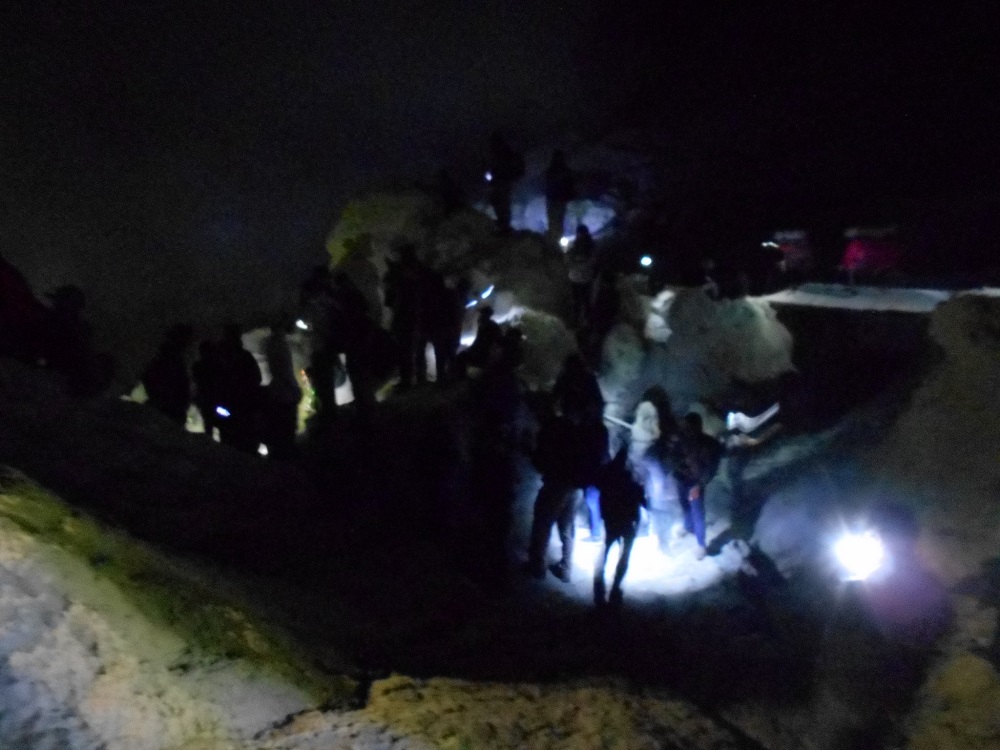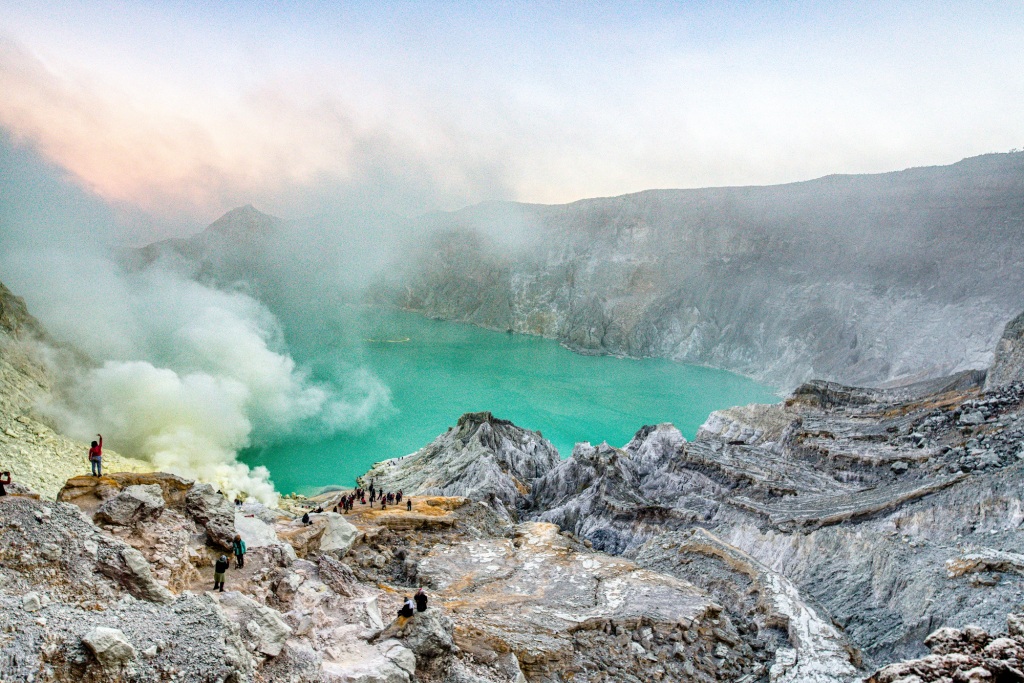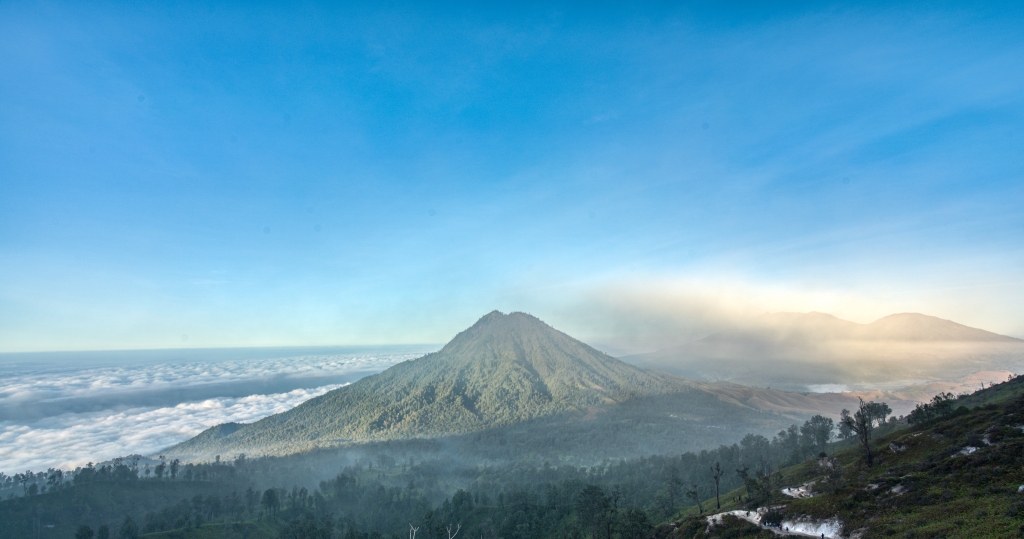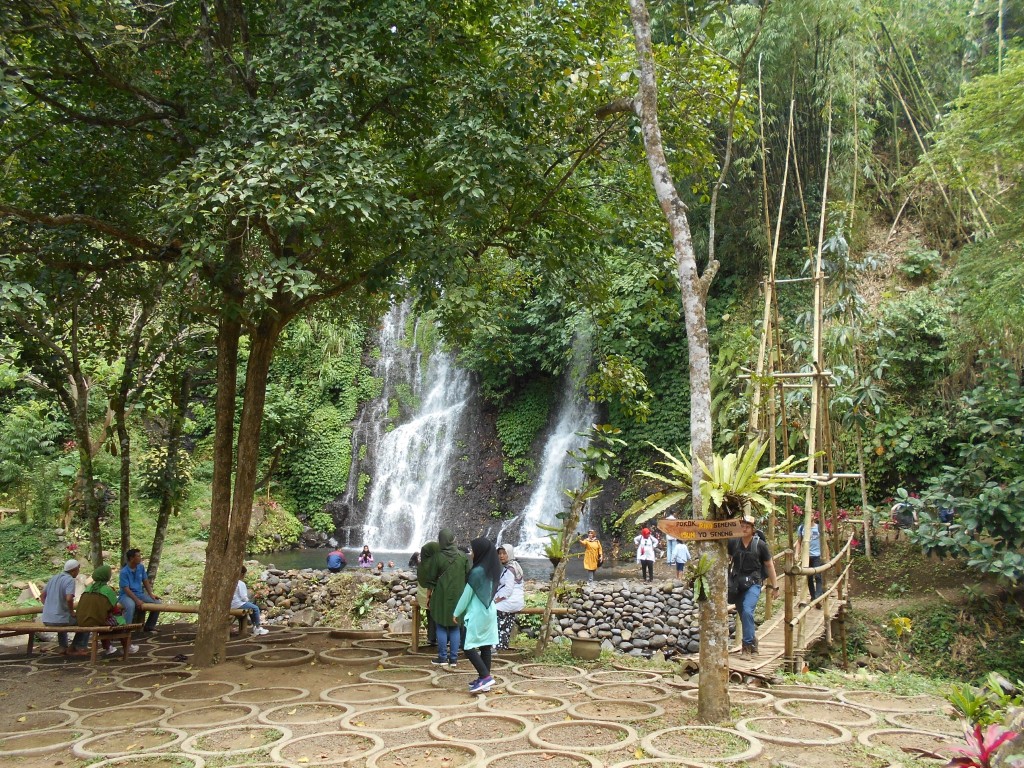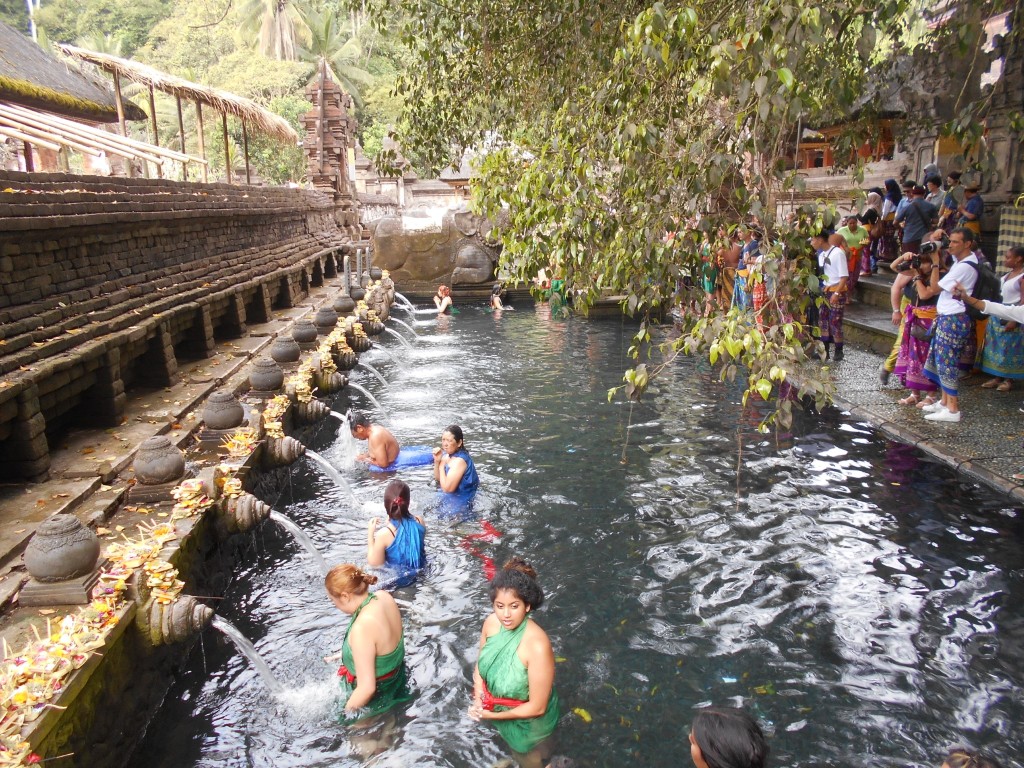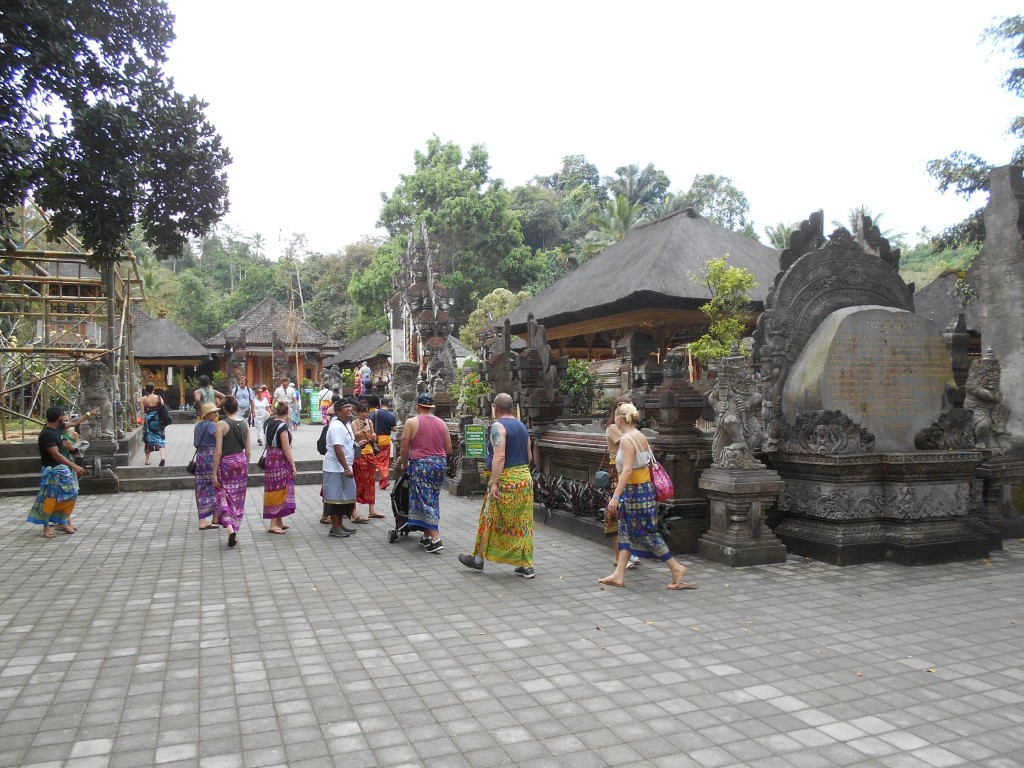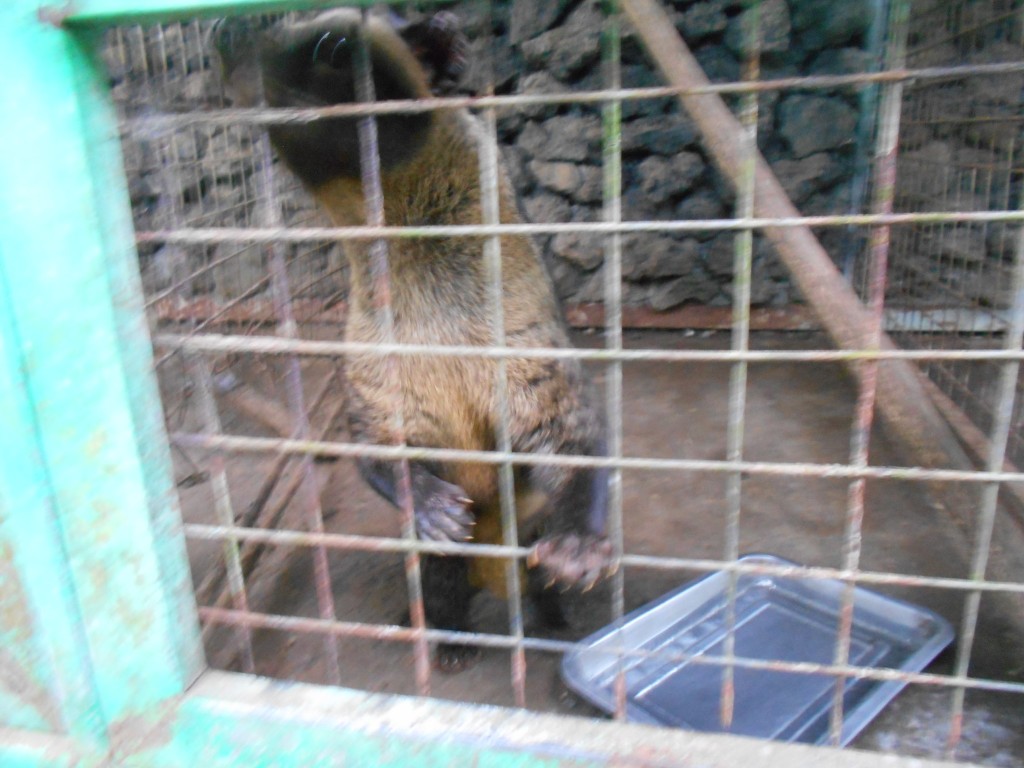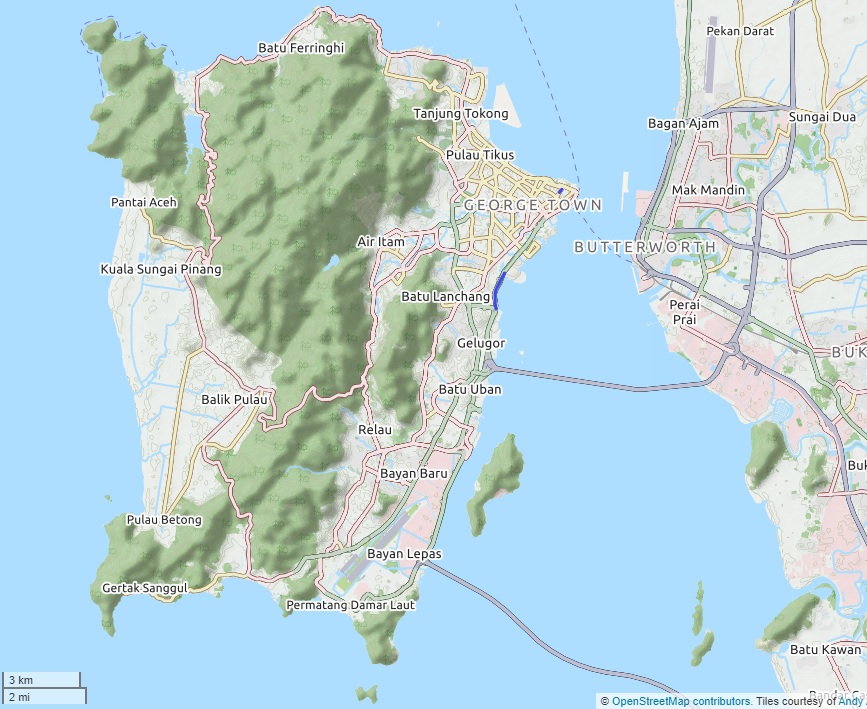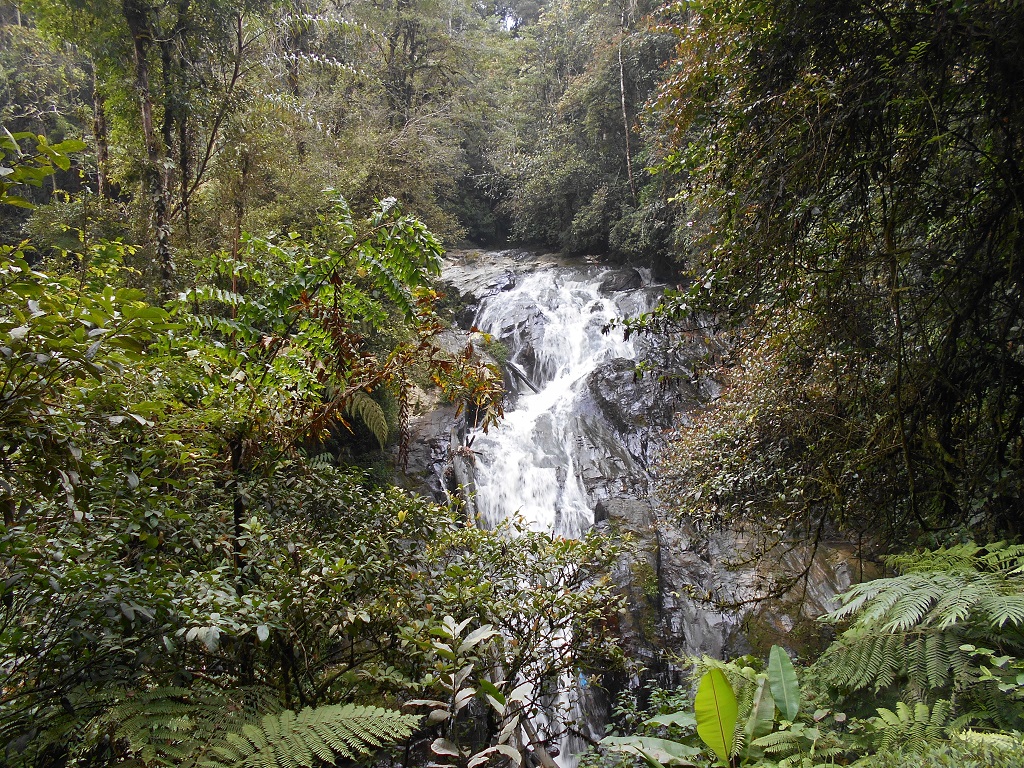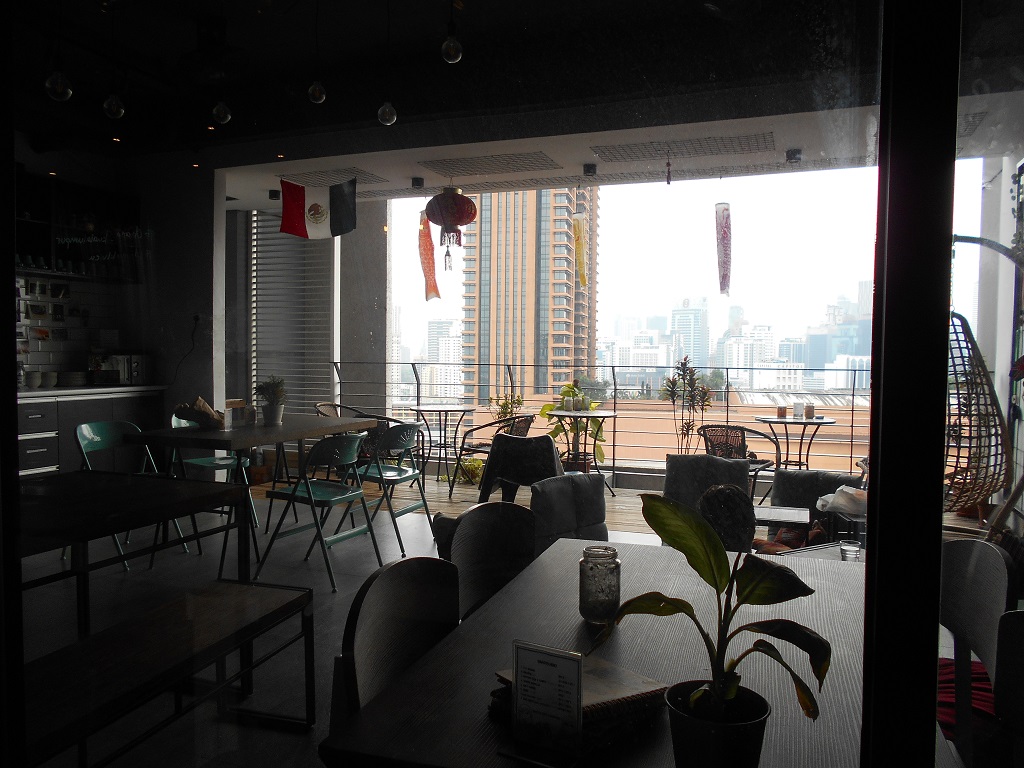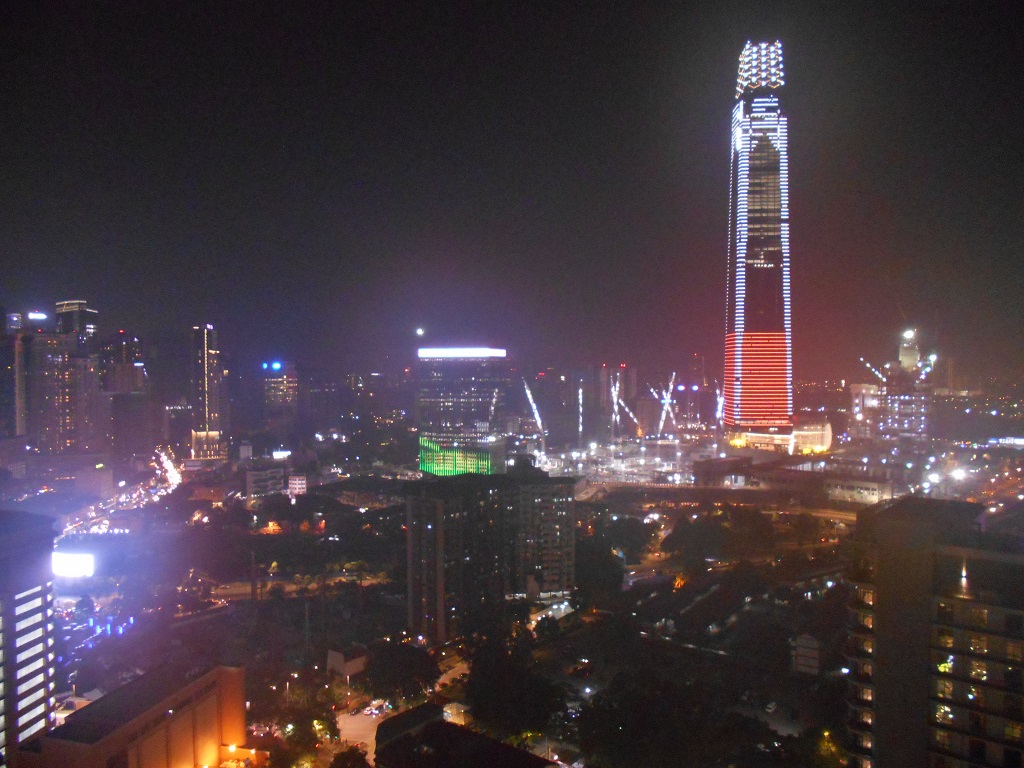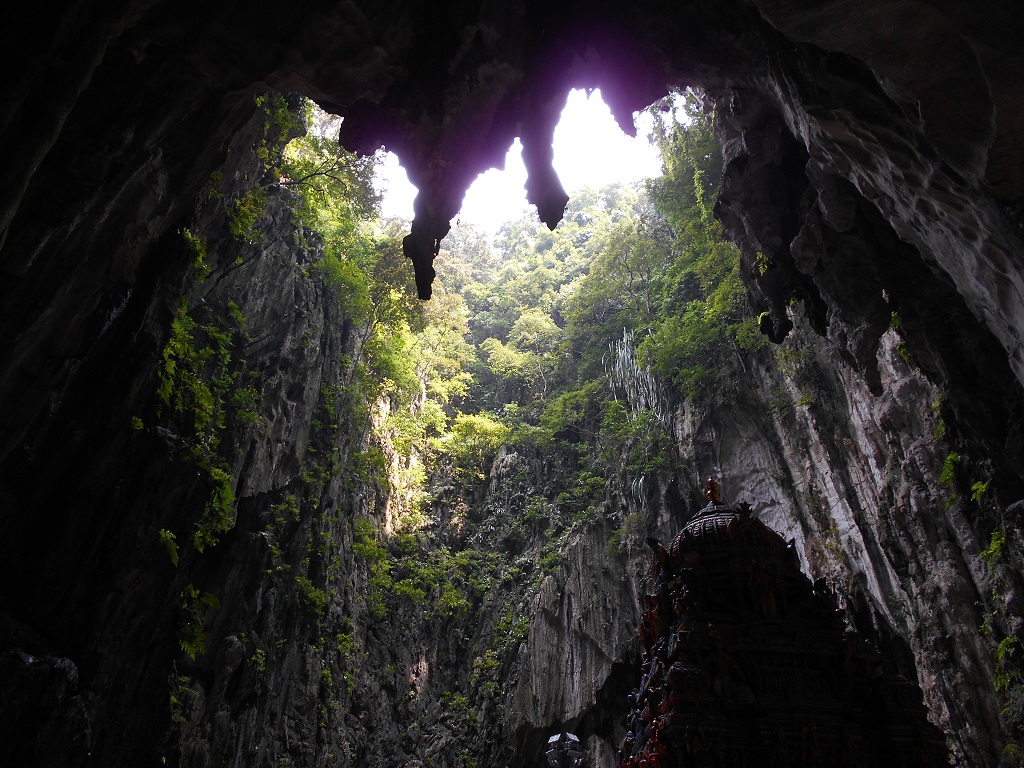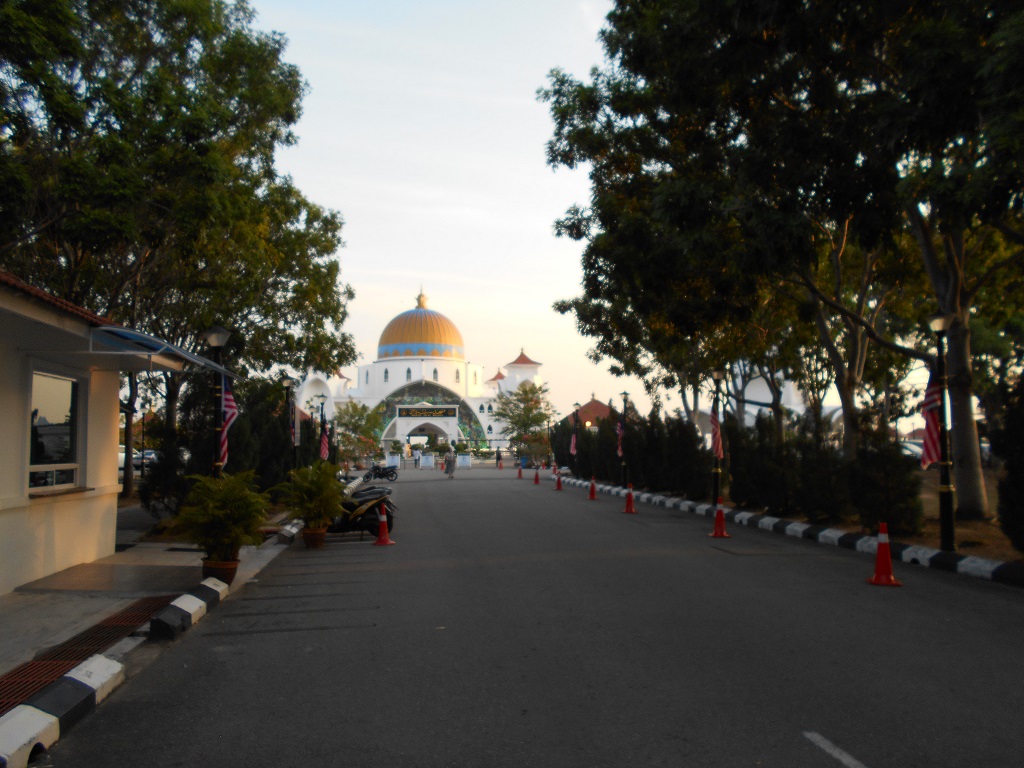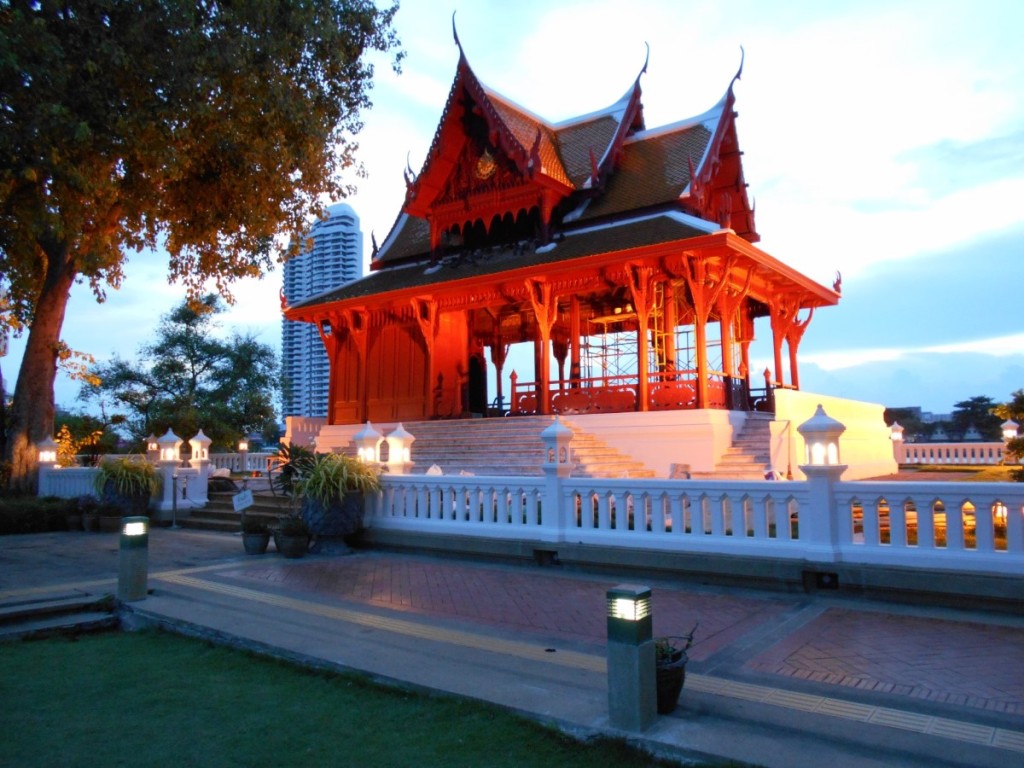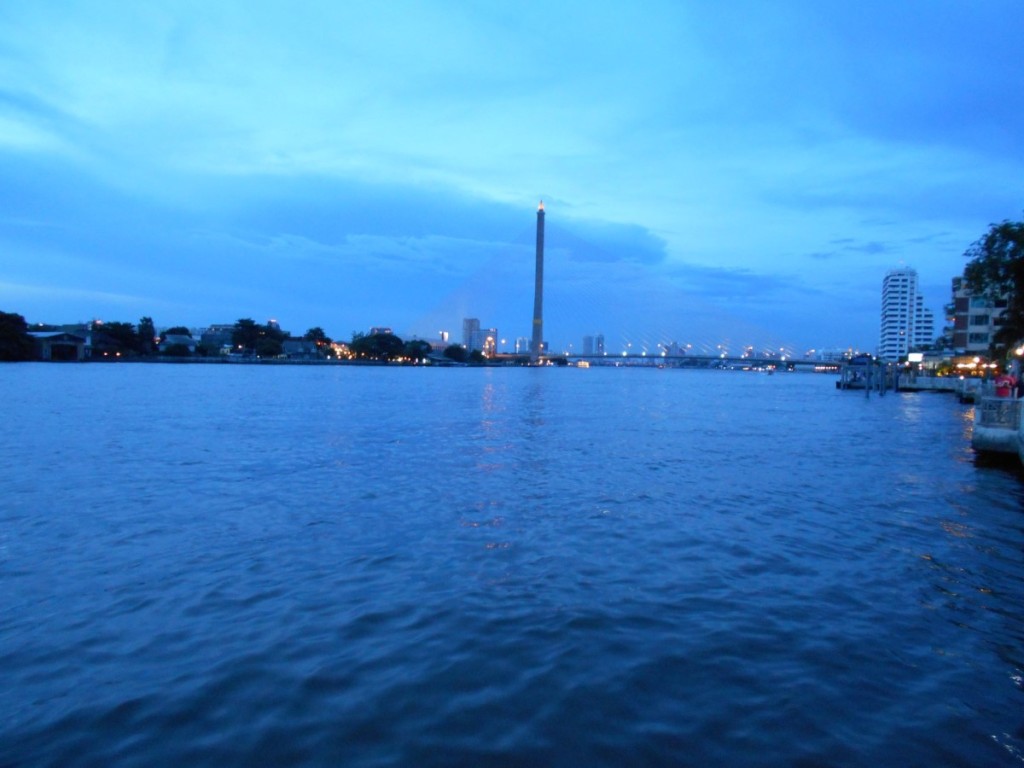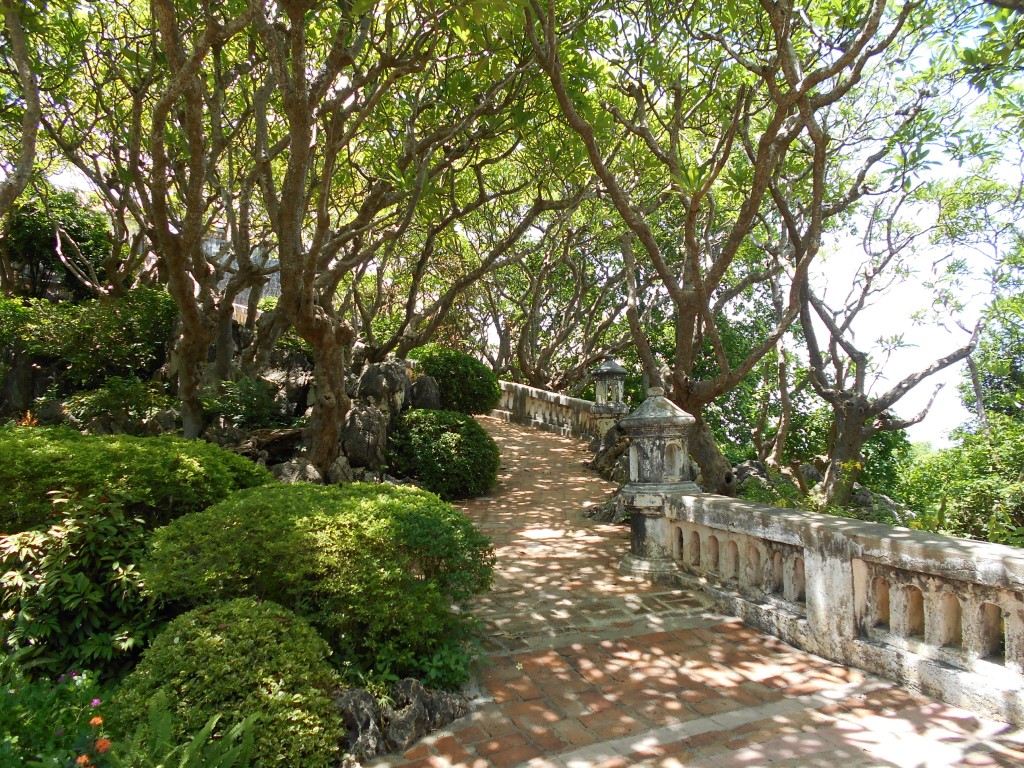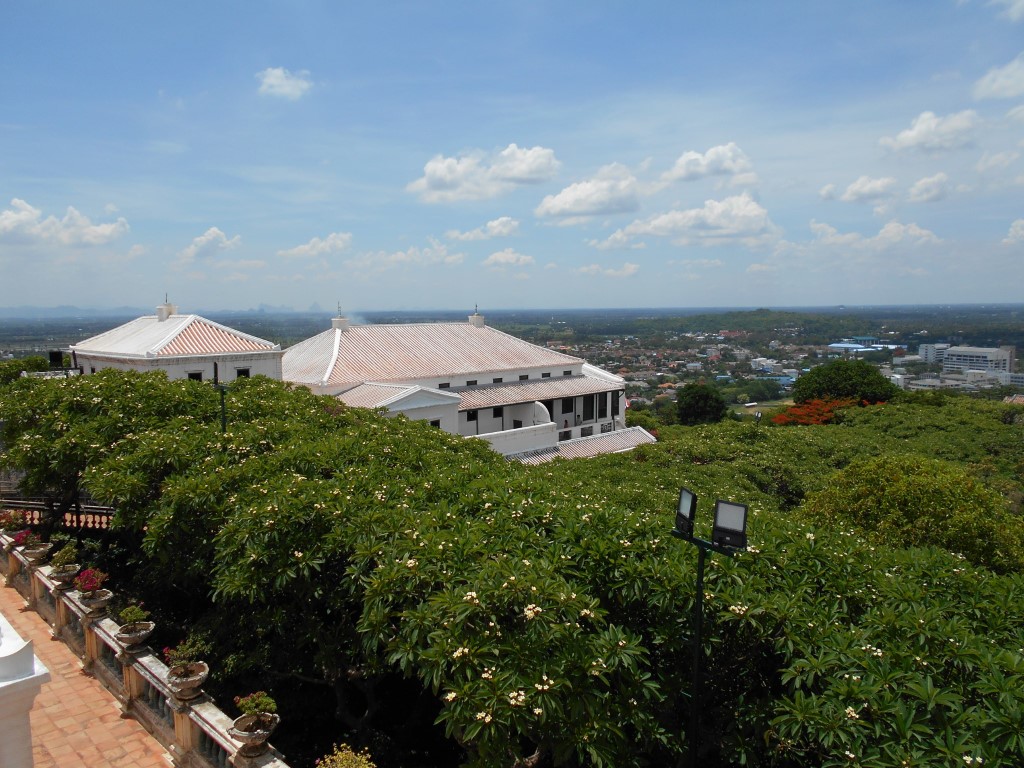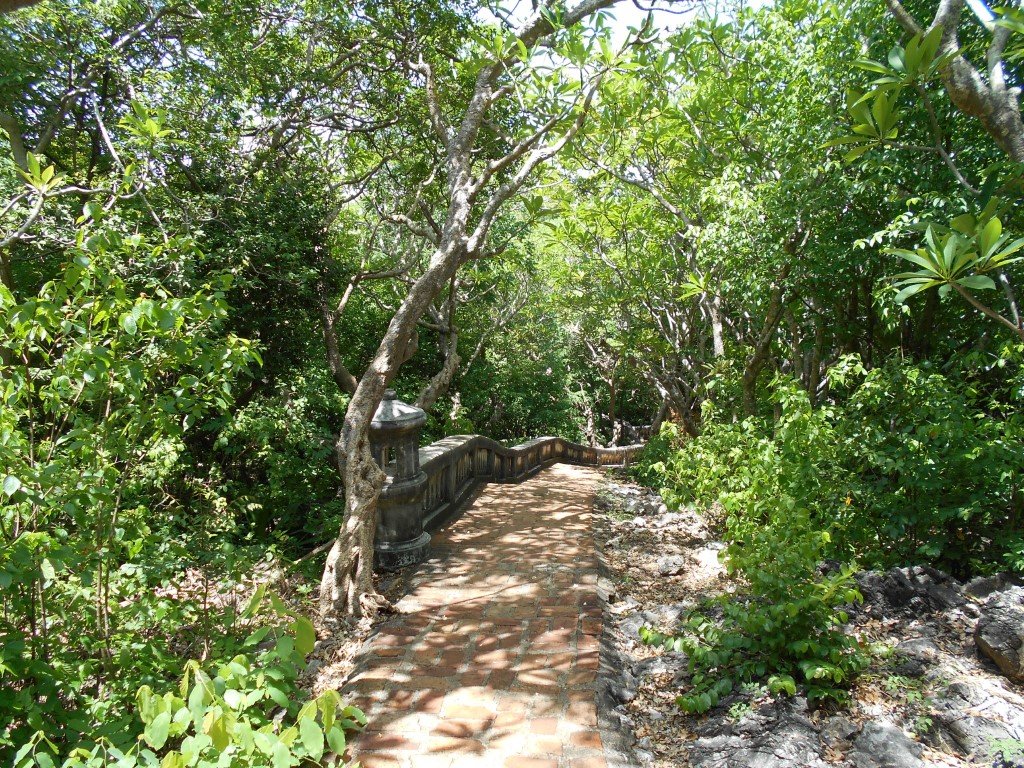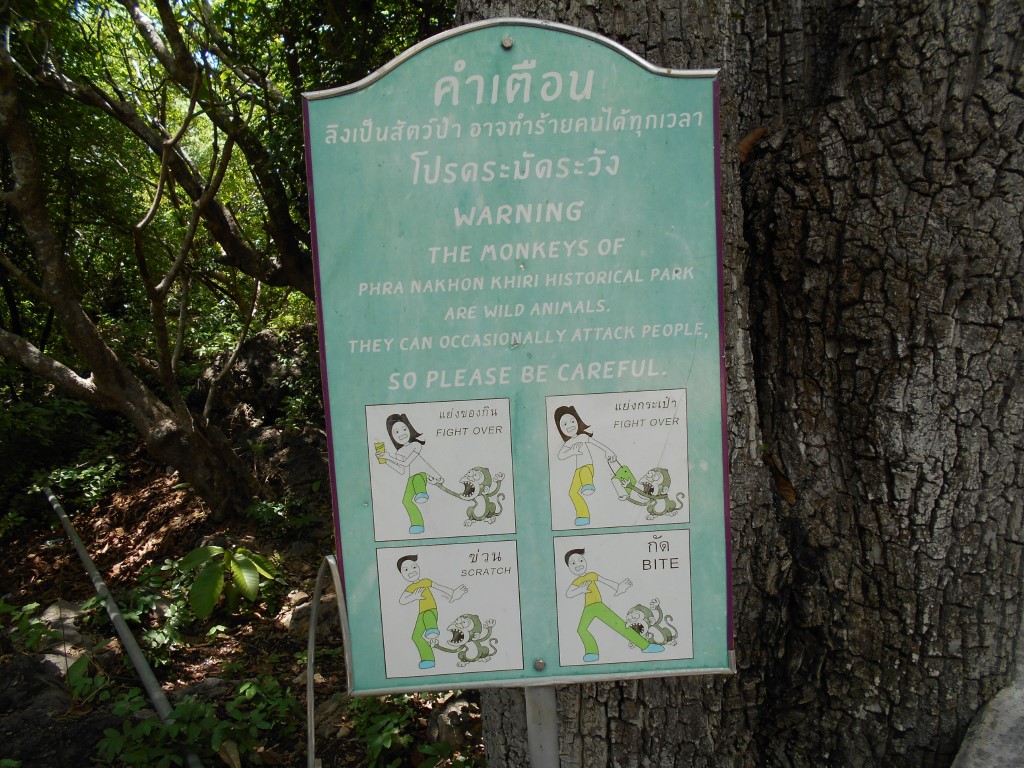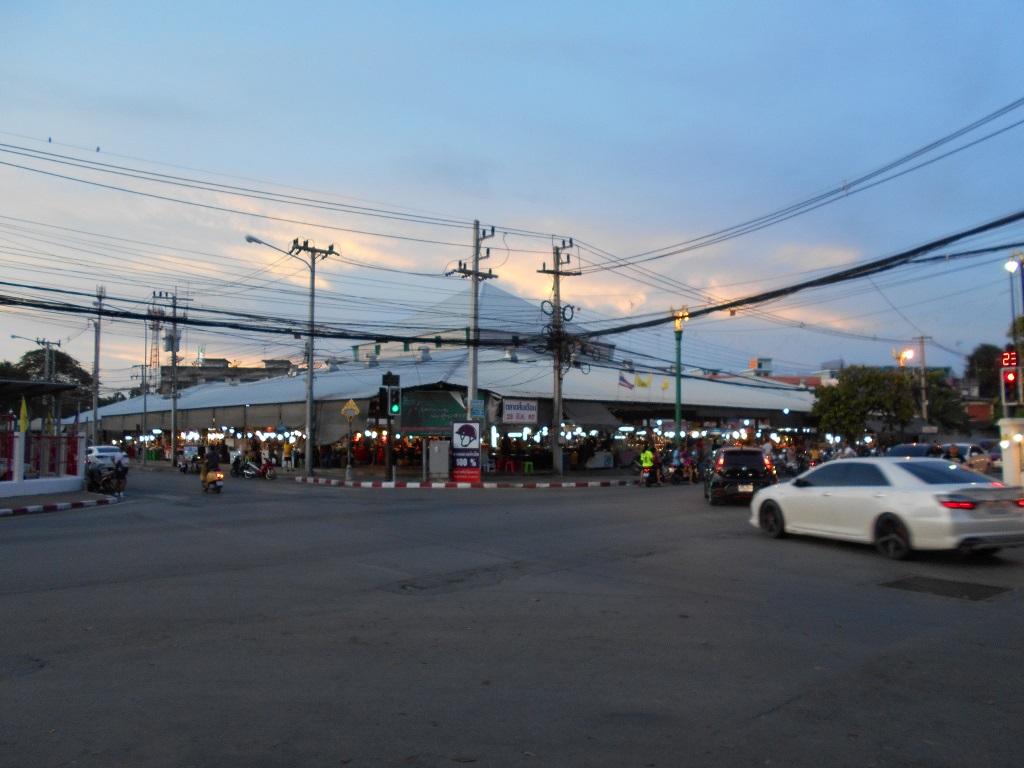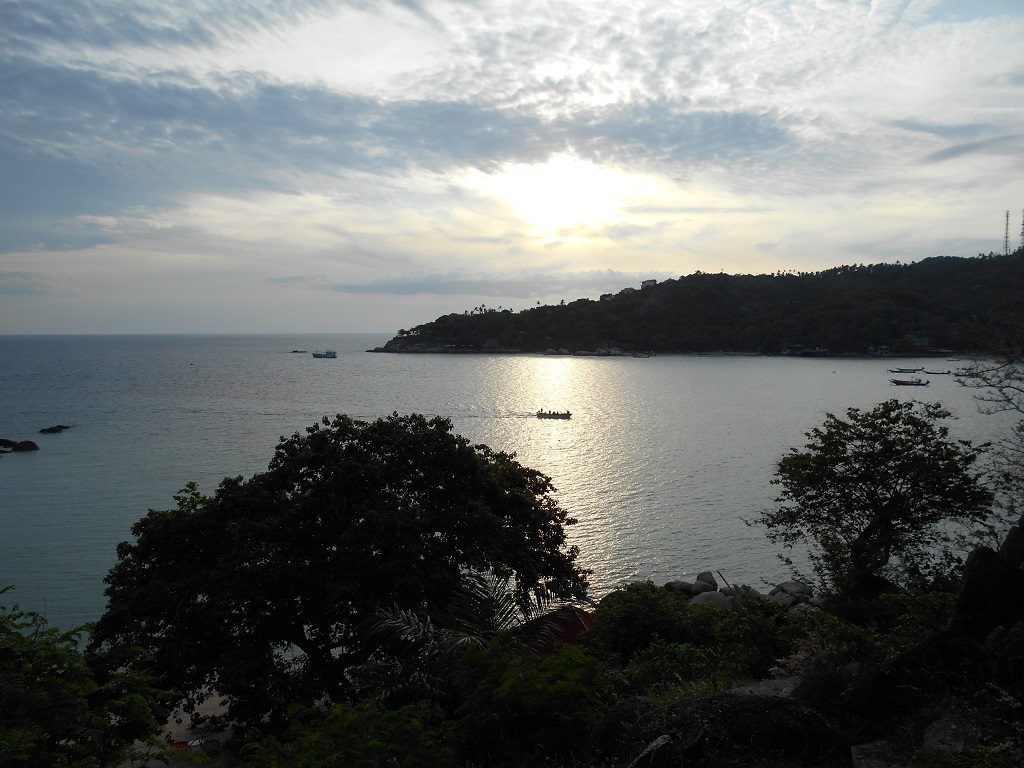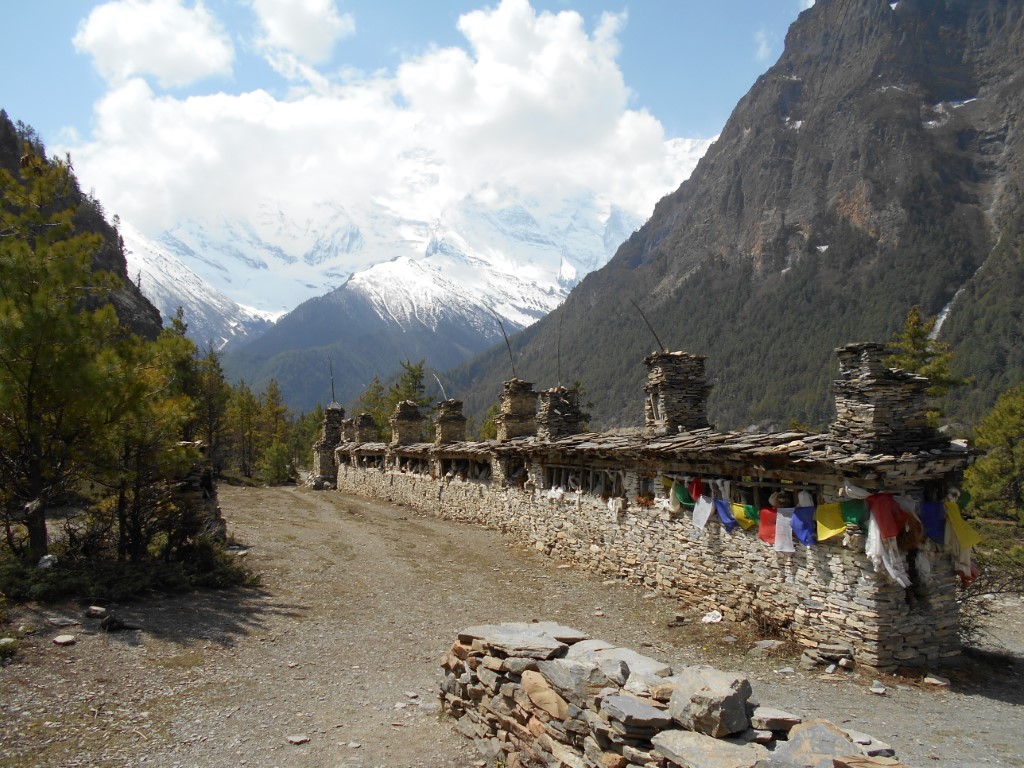Written July-November, 2021
Previously: Nepal – Thailand – Malaysia – Indonesia
August 29, 2019:
Flying on Malaysia-based Malindo Air, I traveled from Bali across the equator to Sri Lanka. There was a layover in Kuala Lumpur and an hour delay of the second flight led to an arrival after midnight, but the flights were pleasant enough and I was surprised when they served pizza on the first leg. As I had come to appreciate, you almost always get meals on Southeast Asian airline flights more than an hour or two long.
The Sinhalese people constitute about 75% of the Sri Lankan population and are mostly Buddhists. However, the Tamils are an important minority who are mainly Hindus and are mostly located in the northern part of the country which I did not visit. A long civil war between the groups ended in 2009. In addition, Islam and Christianity are also practiced by significant minorities. Similar to Nepal and India, English is widely used as a bridge language with almost a quarter of the population speaking it.
Upon landing in Negombo, I went to immigration where they promptly told me to go to the visa on arrival desk. At the arrival desk, they scanned my passport and then I was stamped in back at immigration. The visa was free, as the country was trying to encourage tourism following the Easter bombings that took place earlier that year. This was something I hadn’t realized until after I arrived, likely in part because there were no significant travel alerts. It seemed that it had been determined as a one-time event and not an ongoing threat.
The going exchange rate was about 180 Sri Lankan rupees to the dollar, so the first purchase was a taxi ride to the nearby hostel at a steep 1,600 rupees or a bit under $9. I assumed it was due to the late hour. The next morning, I walked to the nearby train station and rode into the city proper of the Sri Lankan capital city, Colombo. Surprisingly, the 45 minute train ride cost only 40 rupees or less than a quarter. The train carriages seemed quite old and basic and it pretty much felt like riding in cattle cars. However, it was effective enough and not very busy. At one point, an older man came onboard and started playing a recorder absolutely terribly, or at least it seemed that way to me. It had to have been some of the worst music playing I had ever heard. In between the playing, there was also a speech given which I could not understand. As we got closer to the city, he walked around looking for donations. Not knowing what I would be contributing to, I avoided eye contact, but a decent percentage of people came up with some small change. Arriving at the Maradana Railway Station, I walked an hour across the city to the Bunkyard Hostel. After settling in, I grabbed lunch at a biriyani restaurant. With the spelling not being standardized at all, I came to know biriyani as a rice dish with veggies and/or a choice of protein (egg, chicken, etc.) At this place, like most others, it was a heap of spicy rice with only a little meat.
The hostel had nice facilities and was in a section of Colombo with many embassies and universities, but unfortunately the area was not very walkable. After one night, I headed inland for the small city of Kandy. The starting bus ride to the train station was 20 rupees. The train journey was about three and a half hours, gaining about 1,600 feet in altitude and cost a mere 140 rupees. This train was nicer than the city train and had seating throughout. When I arrived at the Kandy Railway Station, there were dozens upon dozens of food options. I went for a 120 rupee egg kottu, the first of many kottu dishes I had in Sri Lanka which consisted of chopped roti bread combined with veggies, spices, and either a choice of protein or extra veggies. After that, I found a bus heading the two miles to the Kandy Backpacker’s Hostel. The bus ride was 15 rupees, bringing the total cost of transportation for the day to 175 rupees. With 180 rupees costing one U.S. dollar on the exchange rate, I could barely believe how inexpensive transportation was.
I checked into the hostel and early on found myself hesitatingly pronouncing Kandy “candy.” The woman grinned knowingly and confirmed it was indeed pronounced candy. It ended up being one of the better hostels of the entire trip with relatively small and comfortable dorm rooms and a pool. A cooking class each night culminating with a complementary tasty meal on the rooftop common area. The price per night for the hostel was about $6.50. The coconut sambal was my favorite dish, made each night as a side. Though designed to be mixed with rice or other stuff, if there was extra at the end I would eat it as it was. I began to notice a pattern of some European travelers being quite spice averse. Whenever they brought out the chili powder, it would elicit grimaces from a few people, though the hostel staff would then assure them that only a little bit would be used. Sometimes a less spicy version of the dish would be done separately if anyone was particularly wary of any spiciness.
On the second or third day in Kandy, I went to the India Visa Application Center to get started with that. The visa cost approximately $160 plus about $4 for help with the paperwork and photos and took me from 9:30 to noon. Unfortunately I would need to return in a week for my passport with the visa inside. I rode the bus back to the center of the city and had lunch. I began to appreciate how large of a market city Kandy was with hundreds, if not thousands of shops filling the streets. In particular, there was a large amount of bakeries. A huge market building with all kinds of vegetables and goods being sold must have had a hundred vendors alone. I noticed that one could get a fish burger at various street spots for 50 rupees or about 30 cents; a good deal, but I wasn’t quite comfortable yet eating fish as cheap as that on the street. There were a good amount of bakeries as well. I picked up a good quality English newspaper for 30 rupees. One thing in particular I noticed being absent was scam artists. I wasn’t approached by anyone with malintent, but it made sense as there were few tourists around. I visited an ATM to replenish my cleared out wallet and then decided to enjoy the day and walk back to the hostel, which included a nice stretch along a lake. As I walked I saw one bus drive past with a flat tire. Back at the hostel, I went up onto the rooftop area to read the newspaper. A band of monkeys seemed to be hanging around the top of the building and the trees, but eventually they moved along and I grabbed a seat. I noticed that on the door to the kitchen there was a sign urging everyone to keep the door latched when leaving (from the outside). Often described as the “monkey problem,” they explained at one point that the monkeys were smart enough to open the door handle and cause all kinds of trouble. Fortunately they are not able to unlock the door on their own.
The following morning I took a train to Hatton. The first half of the train ride was relatively normal, but the second half was quite nice as we snaked further up into the highlands to a cool 4,200 feet. We pulled into the town right on schedule and my host kindly came to pick me up at the station. Rather than the usual hostel experience, I decided to try something different and went for the Trinish homestay. My host was the very proud owner of a tuk tuk, also called a rickshaw, so I got in and we buzzed off into the hills to the house. It was about a three minute trip and we soon arrived at the modest, but beautiful house on a nice peaceful street. I had the upstairs to myself which consisted of a lovely room with a porch overlooking the street. They cooked up a delicious late lunch that certainly beat the regular corner restaurants and street stands. After that, I got my camera out for the first time and headed out into the countryside. I walked by some kids playing cricket at a school and found my way into large fields of tea.

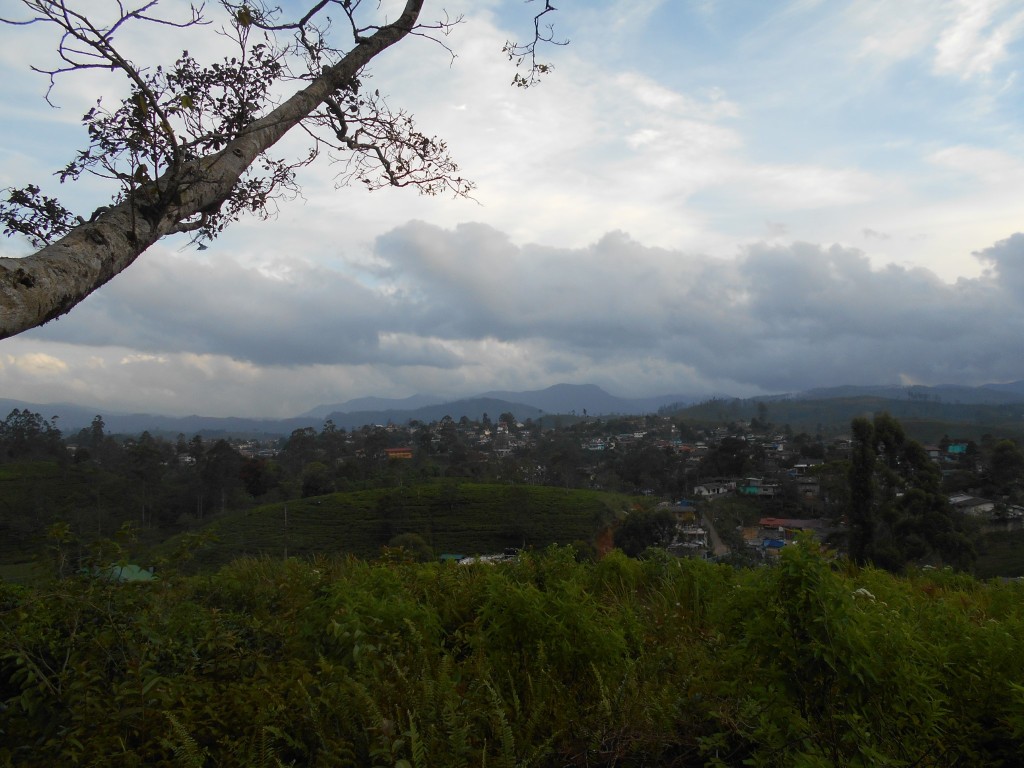
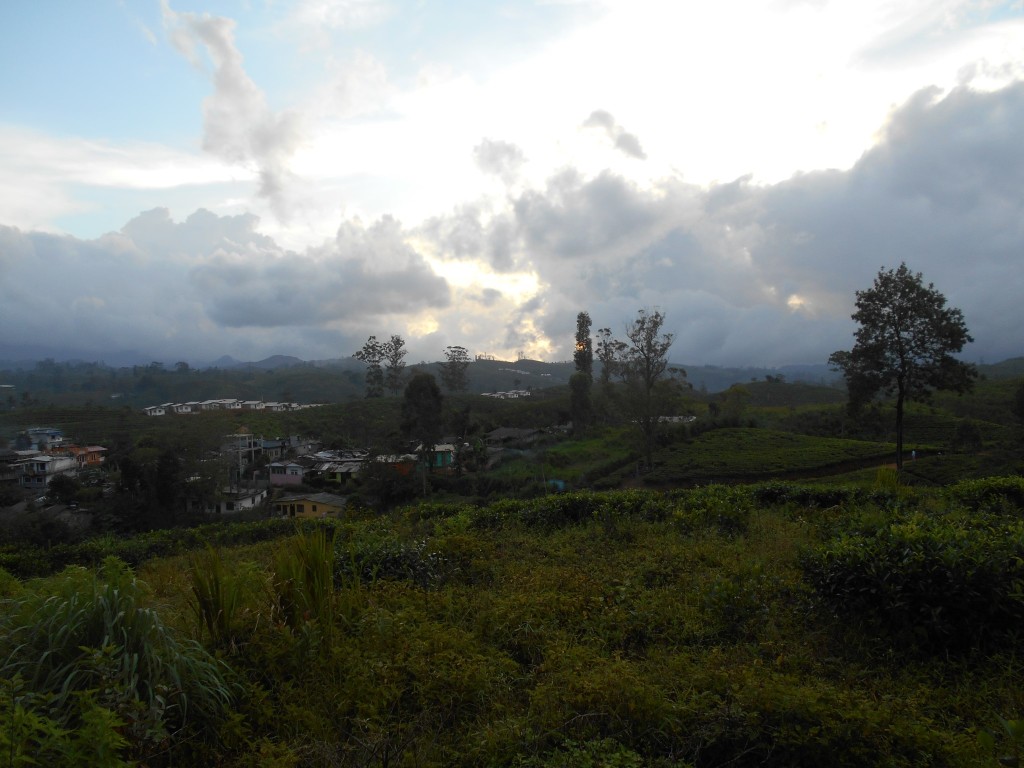
I continued on along and found a group of boys playing soccer in a field. While the language barrier was tricky, they seemed excited to have me join so I jumped into the game. We played for a while and then took a break. At one point, we just decided to run a few laps around the field and I couldn’t tell if that was something they normally do for fun or if there was some sort of error in translation, but we had fun anyways.
After a little while longer, they wanted a team photo. First I took a photo of them and then they took one with me in it.





Eventually I had to go because I had already told my host to expect me for dinner. Though I was a little uncertain with the translation, some of the kids might have asked me to come to their school the next morning. Though I already had other plans, it ended up being one of those what-if moments that I wish I had jumped on. In my head I worried maybe the teacher wouldn’t have been happy to see me or some other similar scenario. Two of the youngest kids walked back with me most of the way.

I arrived back at the house and they started cooking dinner immediately. I hung out downstairs hoping to get to know the family more and share the meal. Instead I mostly just interacted with the father for a bit while the rest of the family stayed in their private area in the back, which was a little disappointing. It was likely for cultural reasons and I think giving me space was a sign of respect and good hospitality in their minds, but unfortunately it was less of the fun cultural experience than what I was hoping for. Of course it was also possible that only the father spoke English so everyone else was shy. The father did go on and on about how he could take me to all these different tourist attractions, of course with him driving me in his tuk tuk. I was beginning to realize that having a tuk tuk seemed to be an outlet for many a man’s masculinity. It might sound funny in writing of all these guys buzzing around in their little tuk tuks, but in reality it got old pretty quick, constantly getting approached by tuk tuks offering a ride. Or even worse, sometimes getting honked at or blocked by drivers even when you have zero interest in hiring a ride, though that was more of a thing to come in India. However, my host got a pass because he was genuinely nice overall and I just politely declined the offers.
The following morning I enjoyed breakfast, the third of three excellent home cooked meals. After that, I packed up and settled the bill which came out to about $12. It was to be a travel day to the base of Adams Peak, a popular hike. I found a bus to Maskeliya at the bus park. We did the whole local bus ritual where once the bus becomes mostly full, the driver pretends to start leaving, revs the engine, and pulls out a bit, but does not actually want to leave until a few more people get onboard, as if there are a bunch of holdouts waiting until the last minute. One or two people might then jump onboard, but usually it would take another five minutes or so before enough people got on to leave. The driver might even go so far as to pull out towards the street a bit, as if to appear to be leaving, even though he was really holding out hope for a few more passengers. In the end, though, the bus usually did not need to be completely full because typically a few more people could be found on the way out of town. At Maskeliya, I found another bus to Dalhousie where I had booked a room. The mountain had an elevation of 7,359 feet and was an important pilgrimage site for Buddhists. It also seemed to be a mainstay of the backpacking circuit. However, it was the off-season so the views could be hit or miss and the village seemed very quiet. I did find a streetside vendor cooking up some food, so I joined the French couple already there. At the end of their meal, they went to pay, but unfortunately all they had was a 5,000 rupee bill (about $28) and the vendor couldn’t make change. It was a completely understandable mistake because I too had been frustrated that every single ATM only seemed to give out 5,000 rupee notes: a lot of money when most non-lodging purchases were a few pennies to a few dollars. Even though I had worked hard and been very strategic with my cash to stockpile 500 and 1,000 rupee notes ahead of coming to this remote area, I felt bad for them and traded away 5000 worth of my smaller notes and took their one large note. The food vendor was very nice and trusting and told them they could pay him back tomorrow, but in the end he was paid right there. After dinner, I walked up the trail a little bit to find the route, as I would be starting before daylight the next morning. It turned out that Adams Peak was one of those places where everyone gets up very early in hope of catching the sunrise at the top. Walking around, I met a group of young men taking a break from a run. One or the other said hello and we had a few words. It turned out they were in the Sri Lankan Navy. I asked with a grin why they were away from the ocean and they laughed and said they were training. They were very nice. It was kind of funny being half a foot taller than the entire military unit.
The alarm was set for 2 AM and I was on the trail before 2:30. Early on, the trail was blocked from where I had been the night before and hikers were herded into a temple where everyone was supposed to sign the guestbook with your name, country, and donation amount. Most people were contributing 1,000 rupees. It was a slick setup and I didn’t want to make the United States look bad and be cheap, but at the same time I had no idea where the money is going. I didn’t have any thousand bills left, but I parted ways with my last 500 rupee note. Of course I could have just written 1,000 anyways, but oh well. I passed a few people, but then was overtaken by a Portuguese guy living in England. I decided to burn the legs and keep pace with him for the rest of the hike. There were thousands of well maintained steps and the total vertical gain was just under 3,000 feet. The summit was reached in about two hours, or only an hour and a half for my companion. The temple was closed for the season so it was only recreational hikers at the top. About 20 people eventually made it up, but we still had to wait for the sun to rise. Unfortunately we were completely in the clouds so there was no view when it slowly became light out. As always in Asia, there was someone at the top making a few rupees off of the tourists, in this case offering up tea.
I held out hope longer than most, but I eventually decided it was unlikely the clouds would burn off. I headed back down at a more leisurely pace. Eventually I got below the clouds, though the summit never appeared.




Things were still pretty quiet, as the hikers were far and few between. At one point, a shirtless religious figure beckoned me from the side of the trail with his index finger, hypnotically speaking in a mild passive voice “come…come” as if he was a god or something. Alarm bells ringing that it was a tourist trap or scam, I picked up the pace and passed by. By the time I got back to the village, it was still only mid-morning. I went back to my room and packed the rest of my stuff.

When I got down to the owner of the guesthouse, he practically had a heart attack when he saw the 5,000 rupee note. However, he thought for a second and then quickly ran over to the bus that was parked nearby and the conductor was able to make change. I appreciated that. The bus out didn’t leave until about 11 so there was some waiting to do. I thought it somewhat funny when the priestly figure I had encountered earlier boarded the bus a little later, the days work complete trying to separate money from tourists. Eventually we drove to Maskeliya where I grabbed lunch and then found the connection back to Hatton. This time I stayed at the Railway Lodge which was a relatively classy hotel that included a dormitory which I was the only person in. I enjoyed Hatton because there was not a tourist to be seen. It was a large market town with hundreds of businesses selling anything one can imagine, but it was still possible to walk from one end to the other in 15 minutes. At one point I was about to cross a street and I was surprised when a vehicle actually stopped for me. I looked down and realized that I was at a crosswalk. On my fifth country in Asia, this was the first time anyone had ever stopped for me in a crosswalk and I had long given up trying! Also around this point, I was beginning to embrace local custom of eating foods with fingers. Even the messiest foods. The standard practice was to wash your hands in the provided sink before and after the meal and traditionally eat with your right hand. The left hand was traditionally reserved for unclean tasks, but this norm seemed less important with modern plumbing becoming more readily available. One other observation I noticed was that a “hotel” usually meant a restaurant and not lodging in Sri Lanka.
The next day I headed off to Nuwara Eliya, one the highest altitude settlements in the country at over 6,100 feet. The city is the administrative capital of the region and an important area for tea growing. Tourism is also important, with many lodgings throughout and a variety of businesses catering to visitors in the downtown area. Most tourists were Sri Lankan visitors from what I could see. I headed down to the Hatton bus park and was soon pointed towards a van heading to Nuwara Eliya. Still amazed at how inexpensive transportation was in Sri Lanka, I took notes on all the details of the trip in order to figure out the economics.
- 22 passenger van plus 3 fold-down seats in the aisle
- Average of 33-35 customers in the van throughout the trip not including the driver and ticket collector. About 8 of these positions were coming and going.
- About a 2 hour journey including a long steep 1,000 foot climb at the end. The return trip would probably be 20-30 minutes faster.
- 130 rupee fare for the entire trip or about 72 cents.
- Estimated total passenger revenue of about $24 to $25.
For a while, we cruised right along with the uphills not being too bad. However, once we reached the Nuwara Eliya train station (Nanu Oya), it was a quick 1,000 foot of vertical climb which was a long stretch in first and second gear. We were dropped off near the downtown area and I walked to the Hi Lanka Hostel which was a little tricky to find because the sign seemed to have been taken down. It seemed like it was once a fabulous hostel and while it was still fine, it was a little damp and worn down from years of visitors. The price for two nights was a good deal at $7.66 and included a surprisingly hearty breakfast each morning. The nights were pretty chilly due to the altitude. I walked back into town for dinner where you could here the rhythmic clattering sounds of kottu being prepared. When chopping up the roti bread, many cooks prepared the food like they were playing percussion in a band. They were usually strategically positioned outside the front of the restaurant to draw in potential diners off the street. Walking the streets and listening to the racket was a uniquely Sri Lankan experience. The standard food options at most places were kottu (bread with spices and a choice of protein), and rice curry with a choice of protein. Of course in a larger city there are more options, but overall Sri Lankan food was the most basic of all the countries I went to. While the mains were lacking, the snacks or “short eats” were better than most countries with the samosas being top notch.
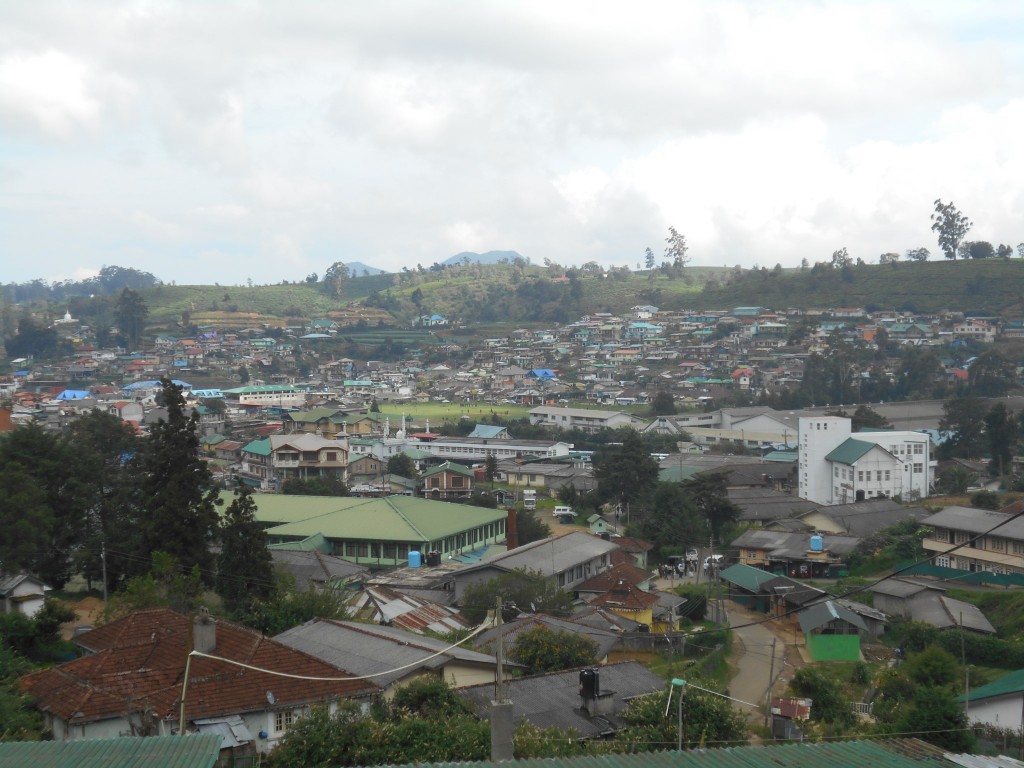
It should be pointed out that rain showers were a pretty common occurrence in the highlands with an average of seven inches of rain falling in Nuwara Eliya each September. With the weather cooperating and a full day to explore, I hiked around. The first stop was Lover’s Leap waterfall.

The tragic legend goes that a young prince and princess wanted to get married, but the king did not approve. So they joined hands and leaped from the top of the waterfall, together until the end. It certainly was not the only place with such a story.

After the waterfall, I wandered onto a nearby tea plantation.



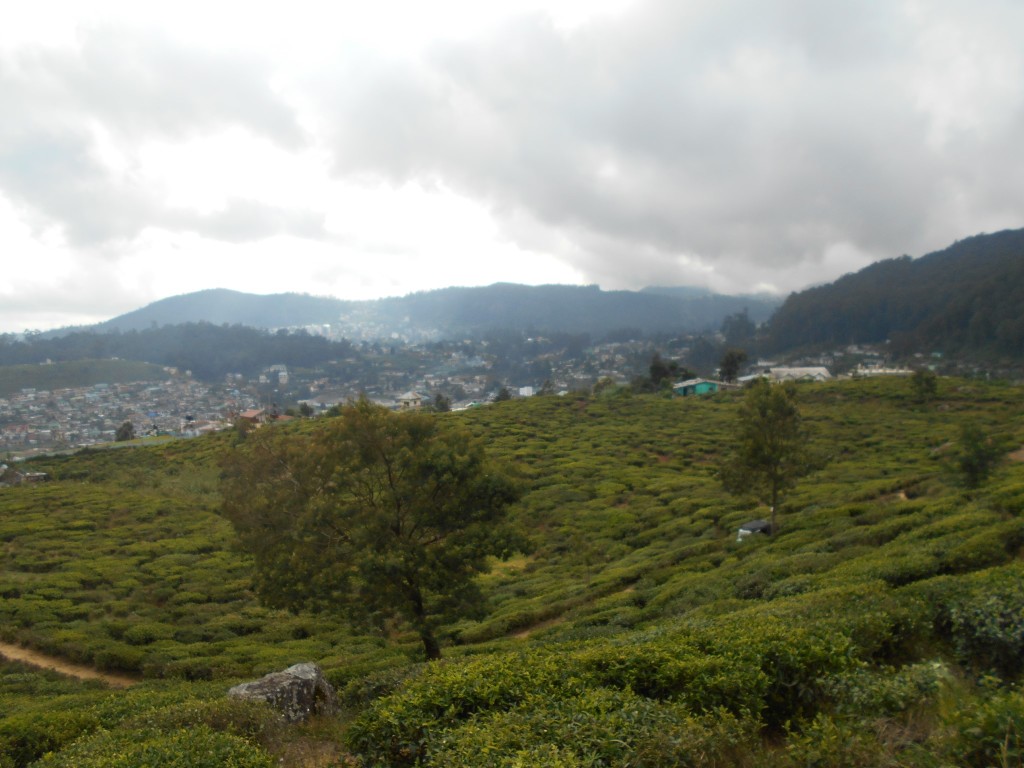


Eventually I veered towards the main road to head back. However, at one point I walked near a dog that went crazy and started viciously barking so I had to turn around and find a different way. Once I got to the main road, I got a random street food snack and then briefly observed the cricket park which seemed to be having a game that afternoon.
Back at the hostel, unfortunately there was only one other traveler staying there besides a large group of Sri Lankan school girls accompanied by a few chaperones and a driver. They had booked up the rest of the hostel and did their own thing. The one other traveler was a nice Pakistani guy who was on his first trip outside of his country. One remark he made that caught my attention was that in his eyes, everyone follows the rules in Sri Lanka unlike in Pakistan (i.e. while driving).
The next day was sunny and I hopped the bus back to Kandy where I would pick up my passport with the Indian visa the following day. It was a nice downhill ride through the countryside. The Kandy Backpackers Hostel had been such a nice spot that I booked two more nights there. The next day I went over to the visa office in the afternoon, but unfortunately they were running late. It wasn’t until almost 5 o’clock that they came in with a box full of passports and distributed them out. I guessed that they had come from the Indian embassy in Colombo and the train or other transportation had been late. I headed back to the hostel and stopped at a newspaper stand in Kandy where they had a daily in English. But it was a relief to know that I was ready to head to India and I booked my plane ticket that night. Back at the hostel, it was one more night of having a nice meal with fellow travelers on the rooftop area.

The following morning I caught the 11:15 train for Ella. Some steps were being retraced, as I had already been on this train to Hatton which was the first two hours. The entire journey was six hours to Ella and it was easily the most glorious train journey I have ever been on. The fare was 400 rupees or about $2.25 and most of the trip after the first hour and a half was through the incredible highland countryside. After Hatton, we wound our way through beautiful hills, valleys, and waterfalls.


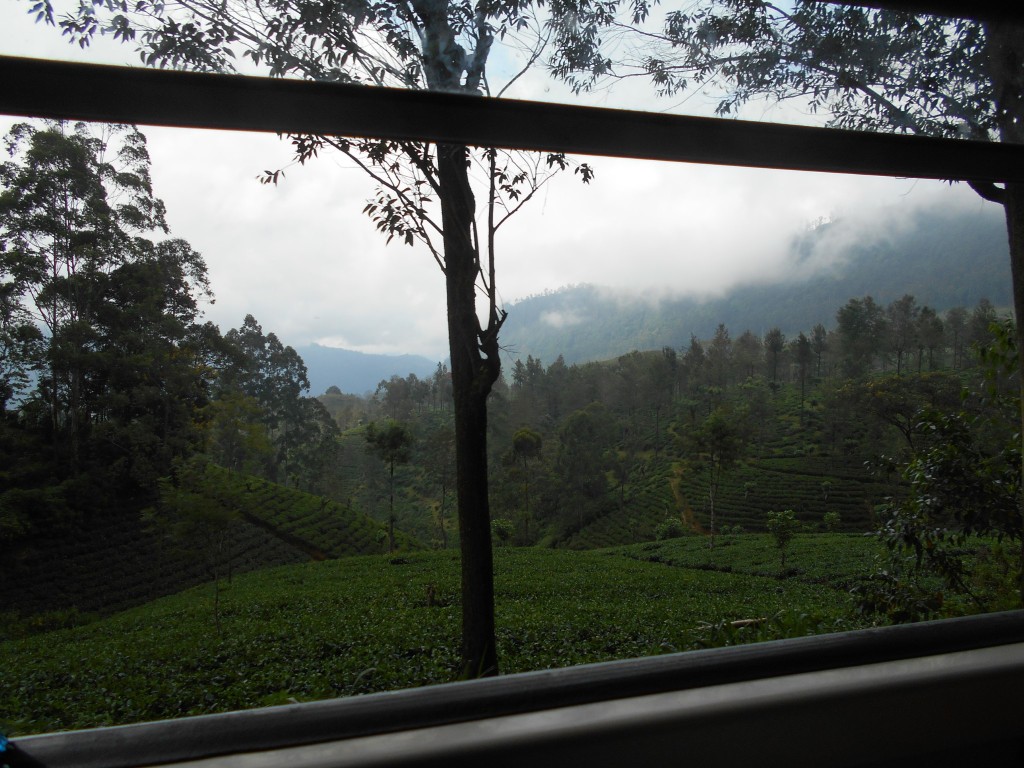

One apparent fun tradition was that in every tunnel, all the kids would scream like we were on a roller coaster. While no country ever came anywhere close to matching Thailand train snacks, I did get a prawn (shrimp) snack which was pretty good. Not too far after Hatton was the Nuwara Eliya station and we kept going a while longer until we passed a sign noting the line’s maximum elevation of 6,227 feet. From there is was mostly a gradual downhill, though not too much, as Ella was at about 3,400 feet. There were a few places where we came out on some incredible ridge lines perched high above nearby valleys. Though I missed the best spots, I tried to get some of them on camera.



It seemed like at every door there was a person standing there with their head outside like a dog and a car window. I joined the fun and did the same for about half an hour. When I was taking pictures, one hand and two feet were dedicated to firmly planting myself in the train while the remaining hand held the camera.


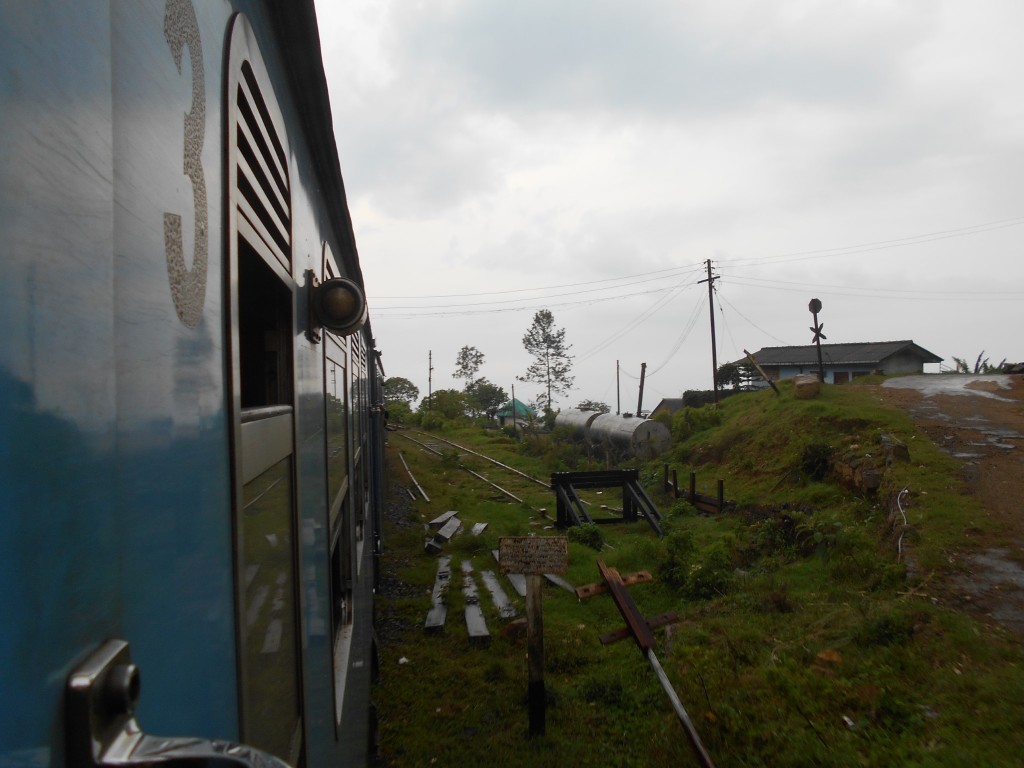

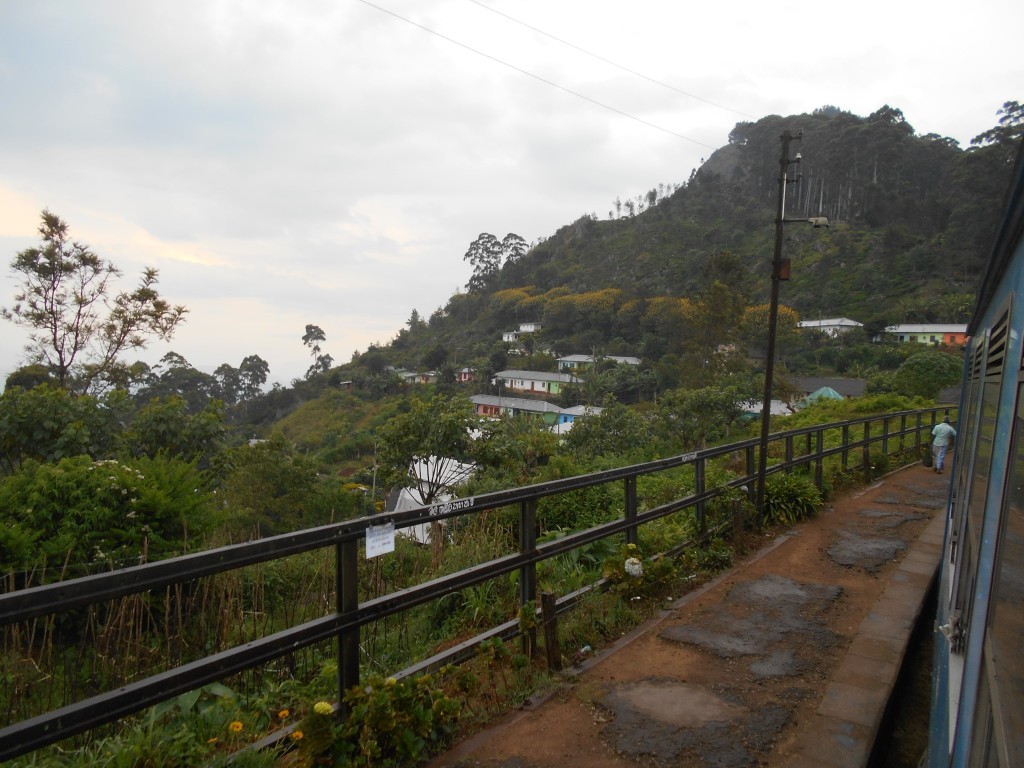
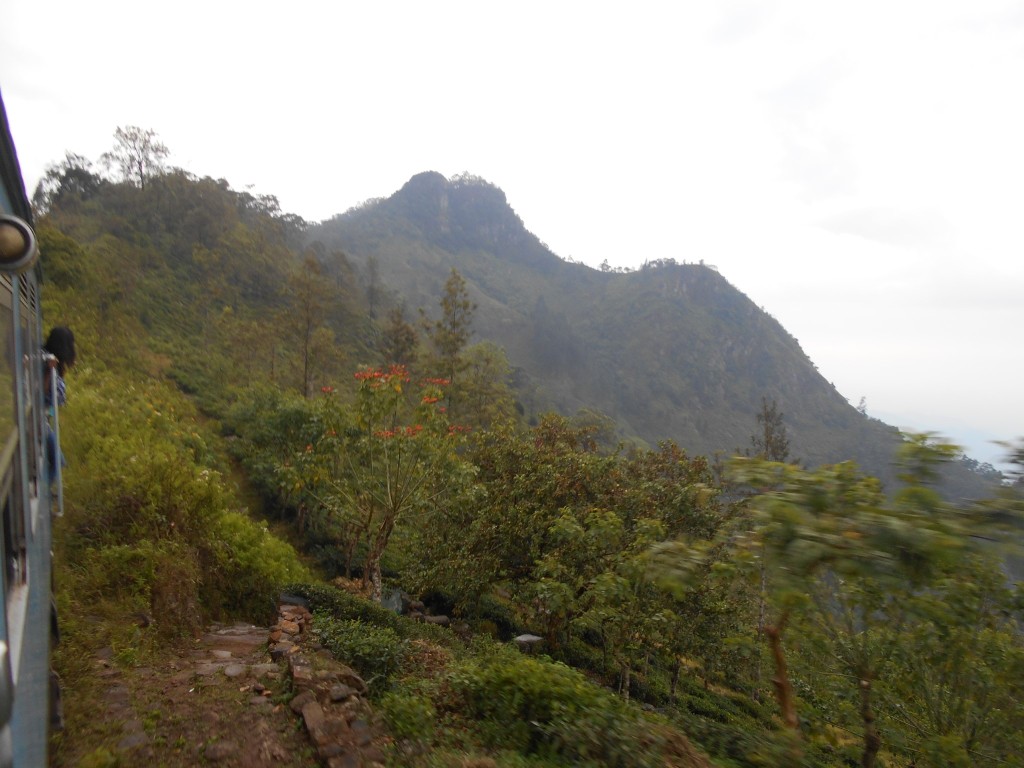
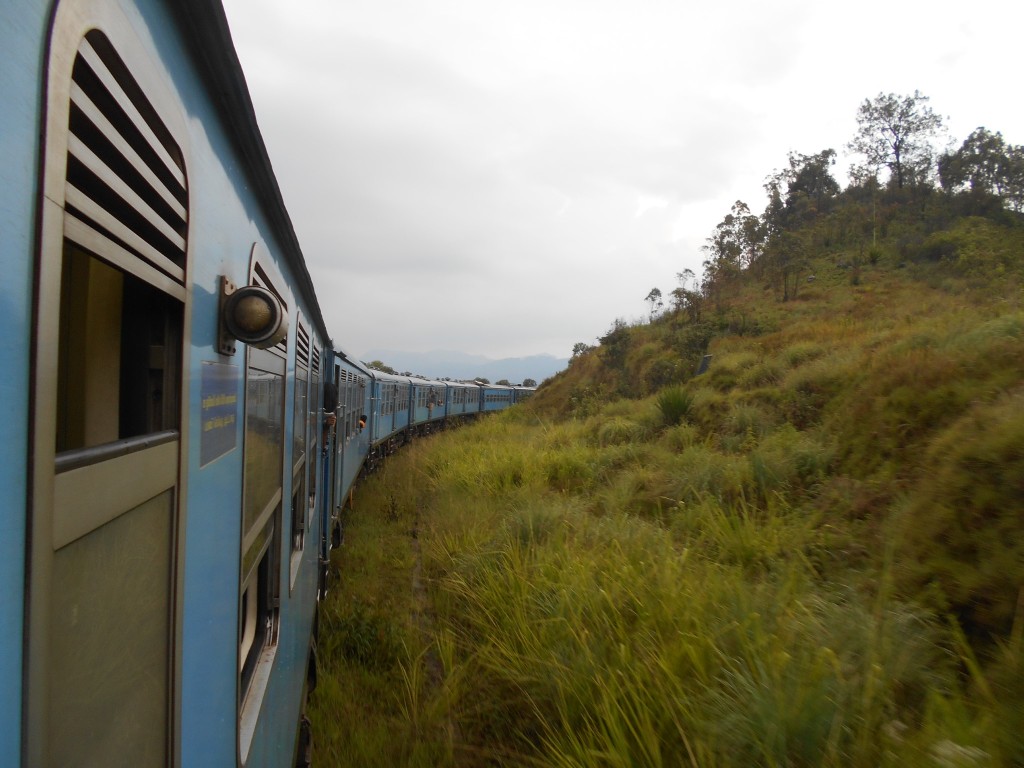

It should be mentioned that outside of the first hour or two, a high percentage of people on the train were likely tourists. Most were Sri Lankan tourists, but a decent number of westerners were also onboard. The train ride and scenic areas seemed to be a must do experience for Sri Lankans as well.



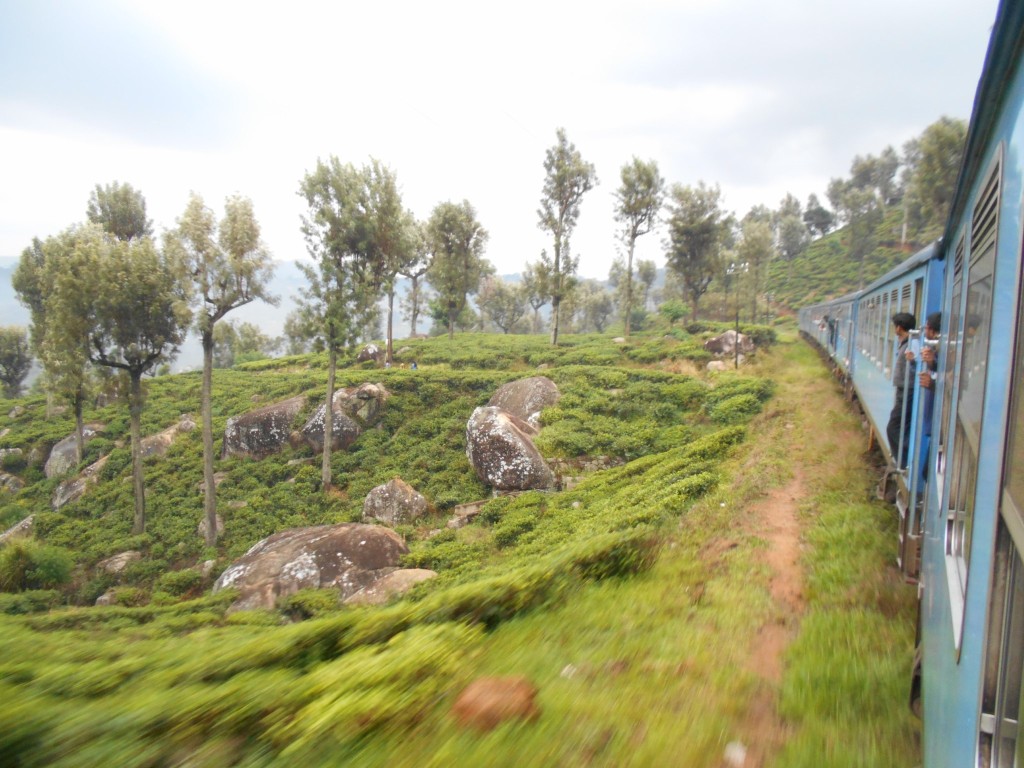
From sunny weather at the start, the trip progressed to the typical overcast weather of the highlands with a few periods of rainfall.



The scheduled arrival time in Ella was five thirty, but we ended up pulling in a little after six. It was starting to get dark and within moments of getting off it started pouring rain. However, a few minutes later it let up enough to go find Ceylon Backpackers Hostel which I had booked. It was tricky finding it because it was almost dark and there was not a good sign, but eventually I came to the right place. The facilities were basic, but the owner was very nice and it was only four to a dorm room. After getting settled in, I went out to dinner in town with several people from the hostel. At the restaurant, I did a general survey of the place and noticed that pretty much every single person was in the 20-35 age range. As I would come to figure out, this seemed to be the case for everyone staying in the entire town, or certainly at least 90% of the visitors. Ella was also the only place I visited in Sri Lanka dominated by westerners. I do believe Sri Lankan tourists come visit the Ella region, but they seem to be more likely to stay out in the countryside inns.
A very hearty complimentary breakfast was served the next morning at the hostel. Afterwards, we were invited over to the hostel owner’s brother’s new restaurant right next store. There was always room for more food while traveling so I managed to eat a second meal that included rice pudding with chili. The brother was very nice. I ended up going there for a few more meals while in Ella. There was not a menu yet and it was pay what you wish for the time so we gave him a reasonable amount. The “brothers” sort of became a running joke because there was also a third brother who owned another hostel right next to the first two. All three brothers were very much alike both in appearance and personality.
The next morning I walked to the 9 Arch Railroad Bridge with an Indian friend from the hostel. It was a couple miles further down the railroad tracks past Ella. Any inhibitions about walking on railroad tracks were thrown out the window once and for all. To my amazement, there seemed to be an entire economy based on railroad track walkers, with a few businesses selling coconuts, snacks, and souvenirs.

Eventually we came to a tunnel that one did not want to be caught in when a train arrived. Presumably it would be possible to run out the other side in time if a train unexpectedly arrived.

The 9 Arch Bridge came immediately after the tunnel. I had checked the schedule in advance to see if we could time the bridge visit to a passenger train coming through, but there were none scheduled within a few hours.

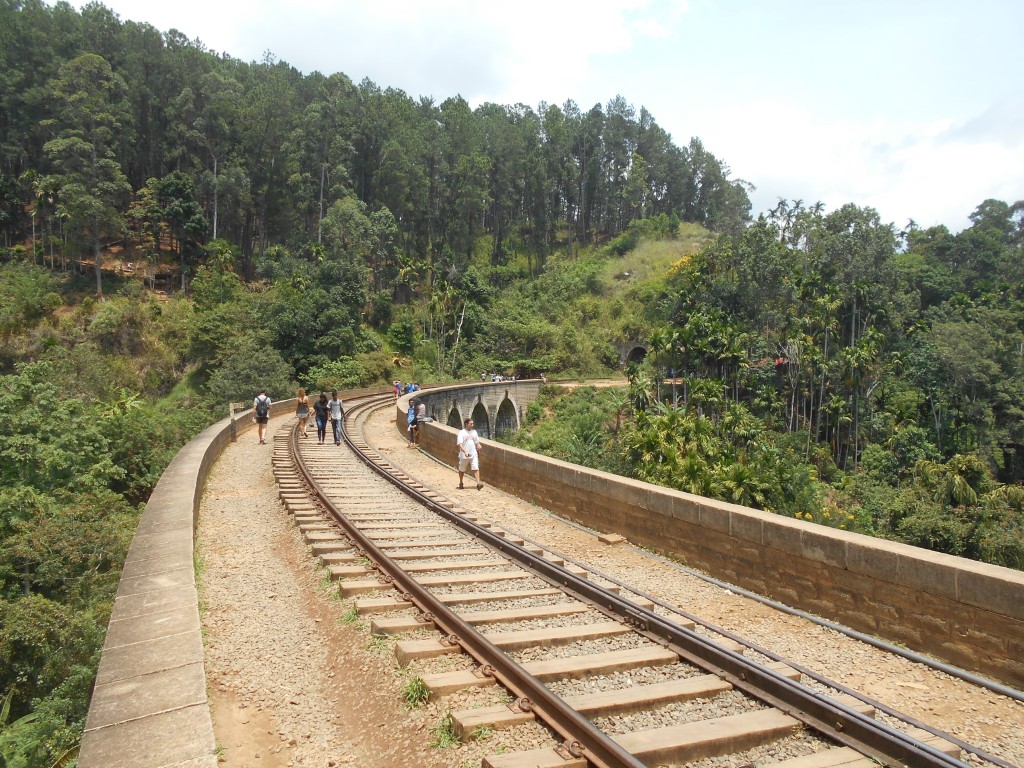
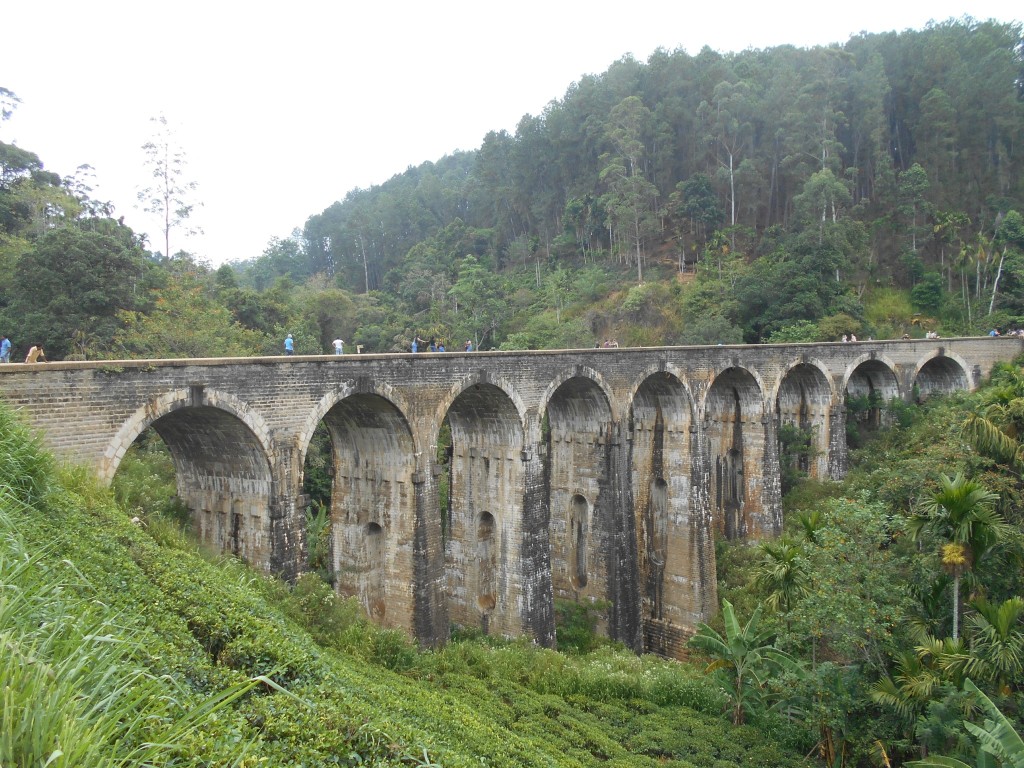
After taking in the scene, we walked back to the hostel.

With the grass always being greener on the other side, on the second day in Ella, I switched to the highly rated Hangover Hostel. I never stayed in any of the blatantly party hostels which I originally assumed this one to be, but on closer examination it was not a party hostel at all and it seemed pretty nice so I gave it a try.
That evening, a group formed to hike Little Adams Peak for the sunrise (named after the peak I had recently done). We got up early and walked along some quiet streets until we found the trail. It was not a hard climb up the hill and we were rewarded with a beautiful scene, though whether or not it was worth getting up so early was debatable.







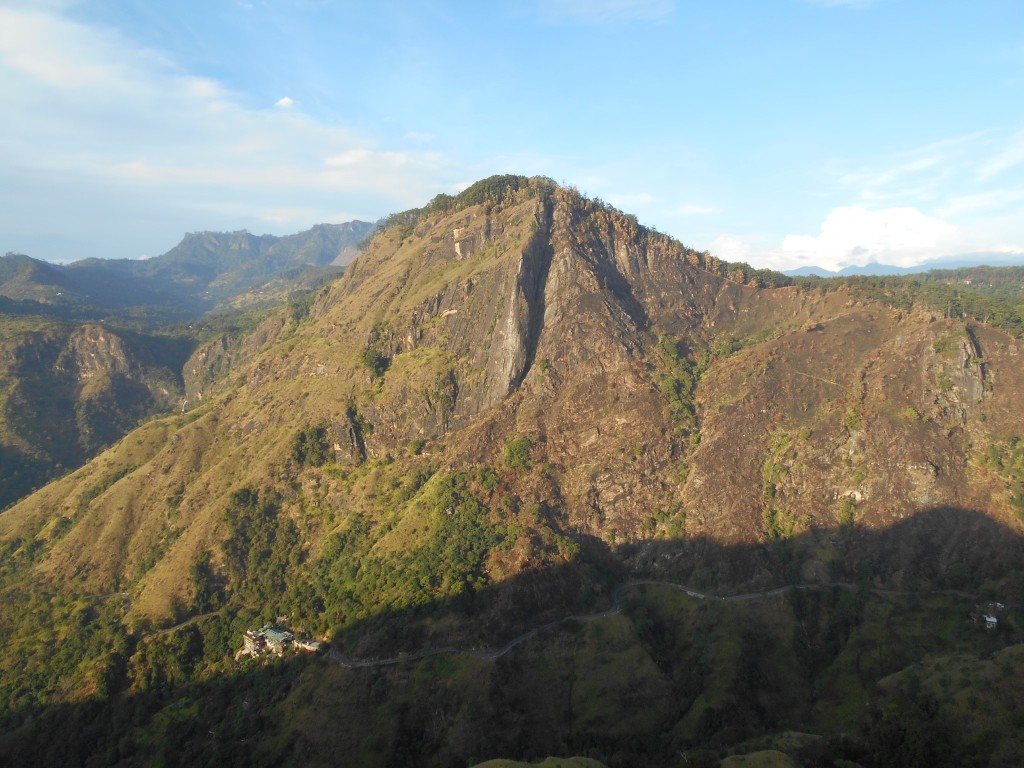


While the sunrise itself wasn’t overly spectacular, it was interesting seeing the landscape brighten up and also nice to get an early start to the day.
A little later back at the hostel, another group of ten people formed to visit the Upper Diyaluma Falls. We secured two vans and were off for an afternoon trip. A couple of people had read up on some scams we might encounter, such as “helpful” people on the trail giving unsolicited directions and then persistently asking for money. Fortunately we didn’t meet any of these people. After a pleasant half hour hike in, a series of waterfalls was revealed with several excellent swimming spots. One of the spots had a nice ten foot cliff jump on the side of a cascade.
After plenty of time enjoying the spot, the clouds threatening and as we were packing up, rain drops started to fall. We found shelter under the roof of a nearby hut along with a group of Sri Lankan guys who were also visiting the waterfall. The heavy downpour lasted about 20 minutes and then we headed back down the trail. When we reached the vans, a couple of women started hounding us about paying for parking which seemed crazy in such a remote area. The others said this was just a scam and that we should just ignore them. However, one of our drivers was in on the game as well and said we were supposed to pay, so being the last one to get in the van, I paid off the women the 100 rupees per van they wanted or about $1.10 altogether. They joyously took the money and handed me the two parking “receipts.”
On the way back to Ella, we stopped at the lower falls which was right along the road. This waterfall was much higher.

We headed back to Ella and had dinner at a restaurant called Matey. It was the best food I ate in Sri Lanka. The “rice with four (standalone) vegetable curries” was the main logical option and everything about the meal was excellent. It was very hearty overall with a much higher ratio of curries verses rice then would be customary at the average street spot. And each of the vegetable curries was unique and very flavorful (and rotated depending on the day). The price of 480 rupees was well worth it.
The next day a group formed to hike Ella Rock, the highest peak near town. The first mile of the hike was westward on the railroad tracks.

A little ways along, we bumped into a trio of Dutch guys I had met at the hostel in Kandy. It was worth a laugh, but at the same time it wasn’t too surprising being a small country and even fewer backpacking areas.

Eventually we turned left off the tracks onto a trail. The trails weren’t marked at all, but we headed in the general direction up the hill.

Eventually we came to the top and viewpoint. Being a Sunday, there were many visitors, both Sri Lankan and Westerners.


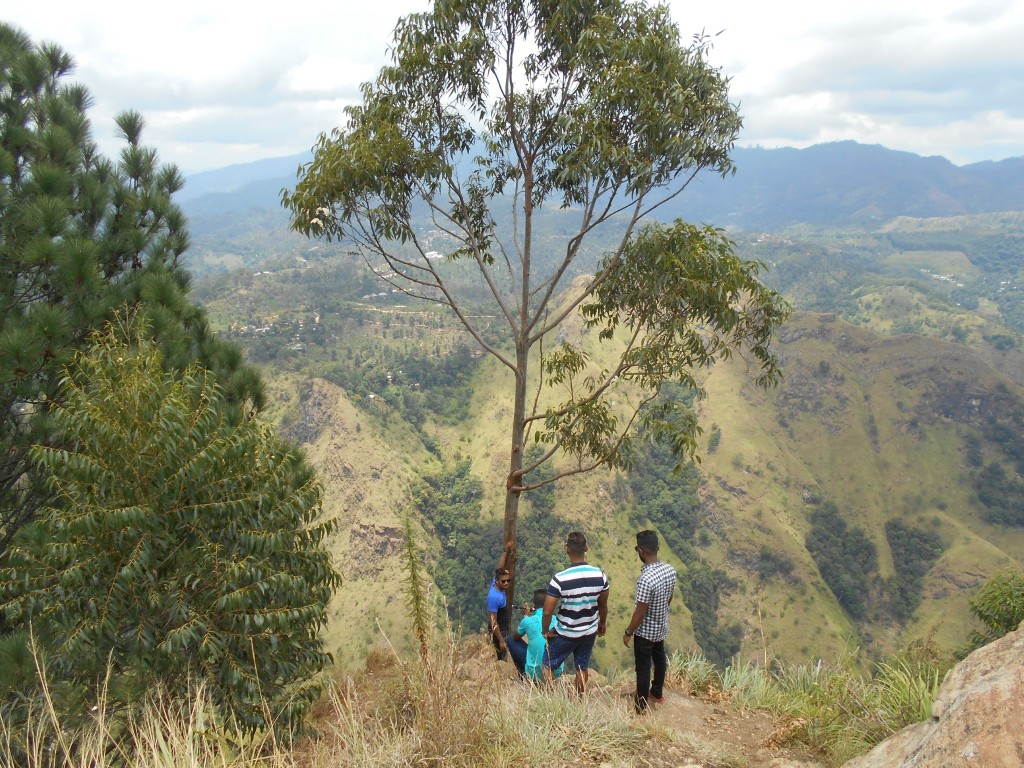
After a sufficient amount of time, we descended, choosing a different route that involved more time on the train track. At about halfway down, a Sri Lankan tourist asked our group for a selfie. That was obliged and with the ice broken, a flurry of selfies got underway. The female group members seemed to get the most attention, but eventually a request or two came my way as well.

Eventually we reached the train track just below Kithalella Railway Station and we heard a commotion that sounded like a train in the station. We started walking back on the tracks even though a group of Sri Lankan tourists warned us to wait. However, within a minute we heard the toot of the horn and the train rolling towards us so we scrambled off the tracks! Fortunately there was a clearing with a bench; otherwise we would have been forced to jump into the tall grass. Seconds later, the people who had warned us, but had apparently followed us came running to get off the tracks as well.


Though it seemed like we had a decent amount of space at first, it felt very close when the train zoomed by at about 25 miles per hour.
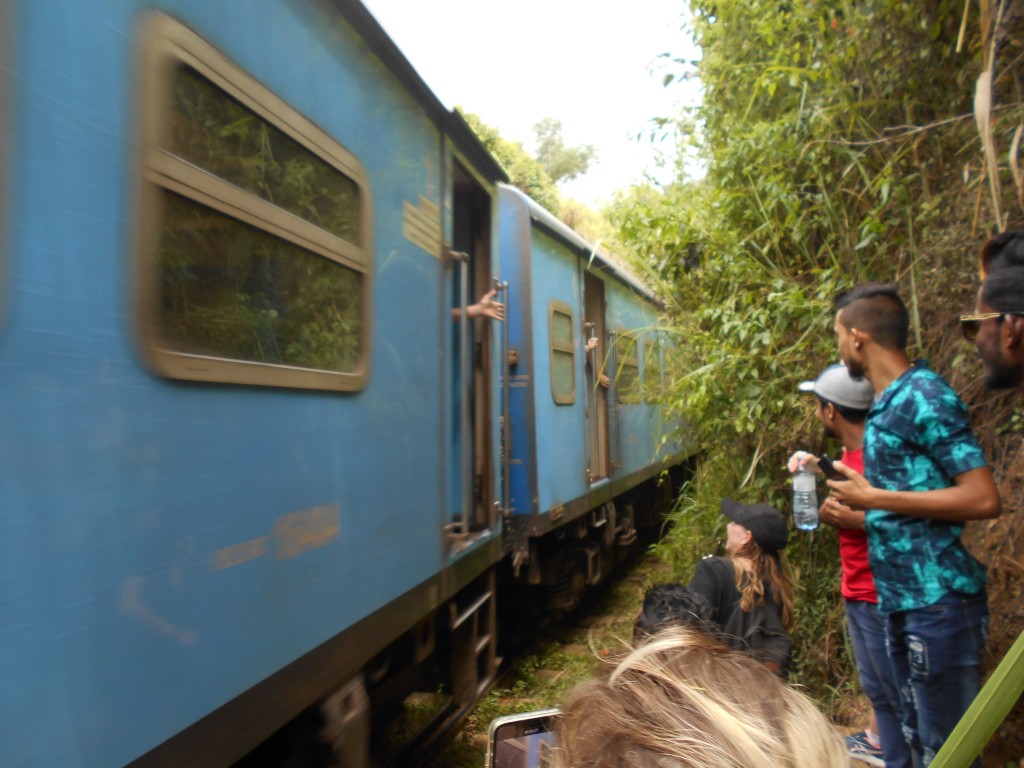
The rest of the hike was uneventful. Back at the hostel, there was a conversation where we were talking about other hostels in Sri Lanka. One hostel that came up was Tomorrowland which was another Ella hostel, but located about 5 miles from town, reportedly in the middle of the jungle. Their online booking page seemed pretty loosey goosey, saying that they don’t believe in check in or check out times, curfew times, or even any rules and restrictions at all. They expected guests to keep track of their own bill and pay the right amount at the end. It was hard to tell if it was a party hostel or just a place to smoke certain things, but speculation was rampant even though none of us had stayed there. The Laughing Leopard Hostel in Nuwara Eliya also came up which had a little more clear reputation as a party hostel. The owner was reportedly always drunk or on something. Apparently one group of people had done a big overnight excursion into the mountains and when they came back to the hostel, the owner said ‘have a beer’ and they replied ‘uh, can we have breakfast?’
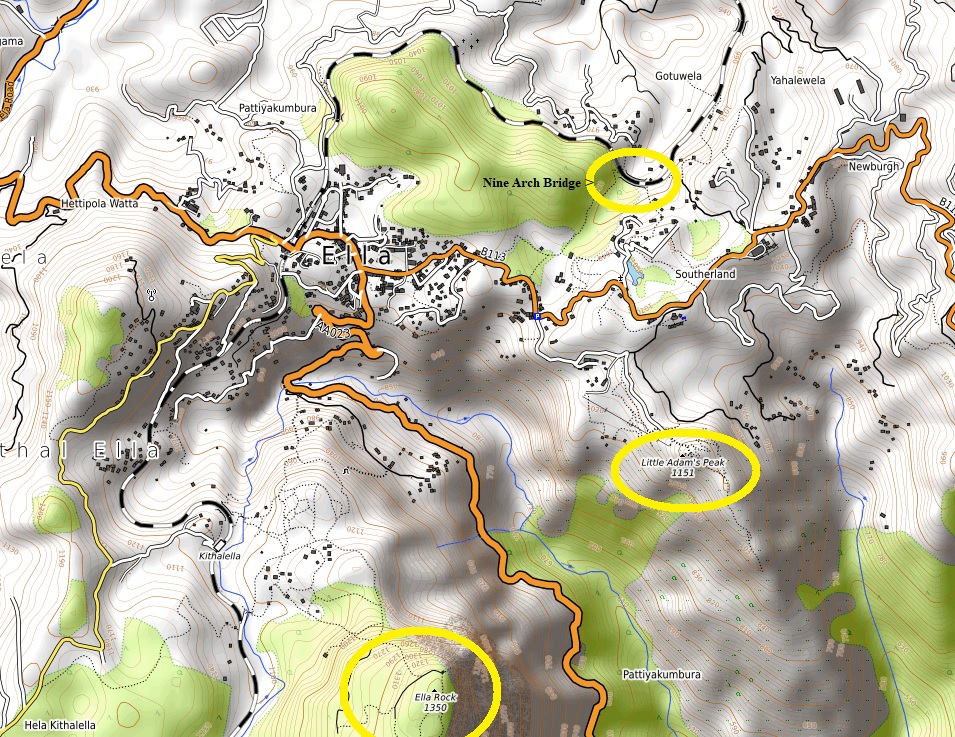
The next day I switched back to Ceylon Backpackers Hostel, finding it a better value with the complimentary breakfast and filtered water as well as the nice owner. I spent a couple more days largely relaxing in town and eating at the brother’s restaurant as well as Matey. There was also a local snack spot I frequented and I noticed that after bring enough friends there, they remove the service charge from the price, a feature common to Ella, but unheard of anywhere else in the country.
Though many backpackers seemed to be heading to Arugam Bay on the eastern coast, I decided to go to Galle for my last few days in Sri Lanka despite it being the rainy season on the south coast. The hostel owner told me the late morning time to catch the bus and I went down to wait. They were running a bit late, but eventually they came through. The conductor put my backpack in the rear compartment and I hopped on the standing room only bus for the seven hour ride. We descended the hills and relatively quickly stopped for lunch in Wellawaya. Then we sped along at a fast pace across the flat country landscape, sticking to the main roads. As with some buses in Sri Lanka, there was a TV in the front playing music videos. Every bus in Sri Lanka had varying levels of “atmosphere” with some having ornaments with flashing lights, videos, and Buddhism symbols. On the buses that had a television set, I noted three types of music videos typically played which were coordinated with the song, but not really the musical notes. The first was the cute animal videos, an example being shots of panda bears clumsily falling all over the place. Another of the main video types was the action movie scenes, with random exciting sequences being shown from movies. The third type of video was the romantic scenes, which would feature random shots of a man overlooking a woman lying down, a woman overlooking a man lying down, a man and a woman staring at each other, and other dreamy sequences. Standing up, I didn’t really have a view out the window so most of the time my eyes had no where to focus but the TV. Eventually, I kind of figured out that the seats were meant to go to the people who had been on the bus the longest. However, being the guest of the country as well as not being certain that sitting would be more comfortable than standing, I didn’t want to jockey too hard for one so I was content to stand. The conductor was one of those guys who always seemed to have a grin on his face no matter what. After about four hours, he noticed I had been standing for a long time and arranged a seat which I thought was really nice. Despite being scheduled for seven hours, we arrived at Galle in six hours, likely due to some speeding. The entire ride cost 450 rupees or about $2.50.
With daylight waning, I found the Track Fun Hostel which I came to realize was a Chinese hostel. I had not seen many if any Chinese tourists in Sri Lanka, but it turned out that there was a small Chinese community in Galle. I wondered what “track fun” meant in Chinese. Apparently it was a motto or expression or something along those lines.
The next morning I had a full day to explore Galle. The highlight of the city was the Galle Fort, a world heritage sight. Construction began in the 16th century by the Portuguese and then was continued by the Dutch after their takeover. Eventually the country and fort came under control of the British until independence in 1948.


Near a lighthouse, there was a mosque that at the time I assumed had previously been a church. However, upon further research while also noting that it faces Mecca and not the street, it turns out it had always been a mosque, though influenced by European architecture.

I continued making a wide circle around the fort. At one point, someone was trying to sell old coins which out of the corner of my eye looked pretty real. However, I avoided direct eye contact to avoid any sort of pressure selling.

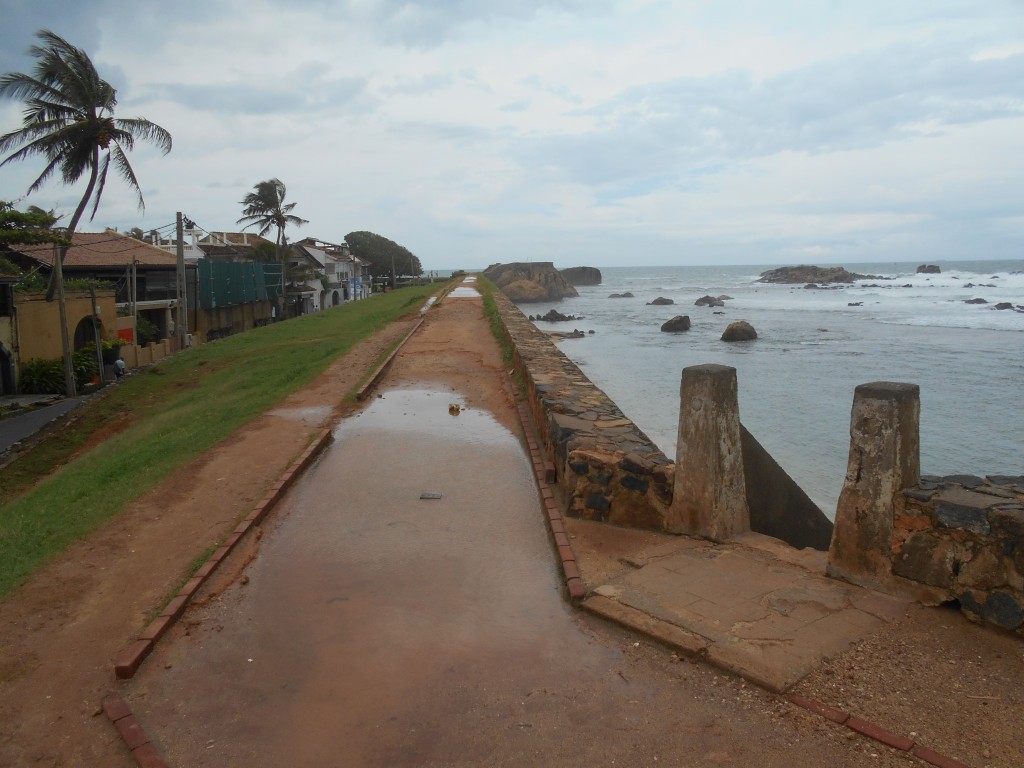
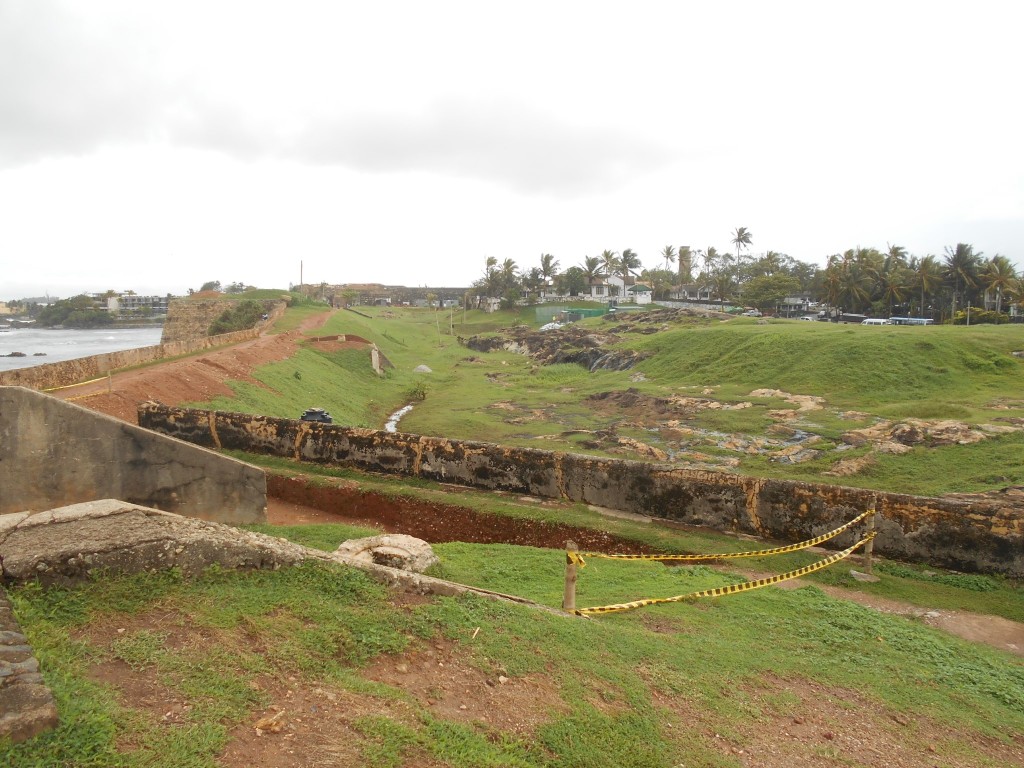

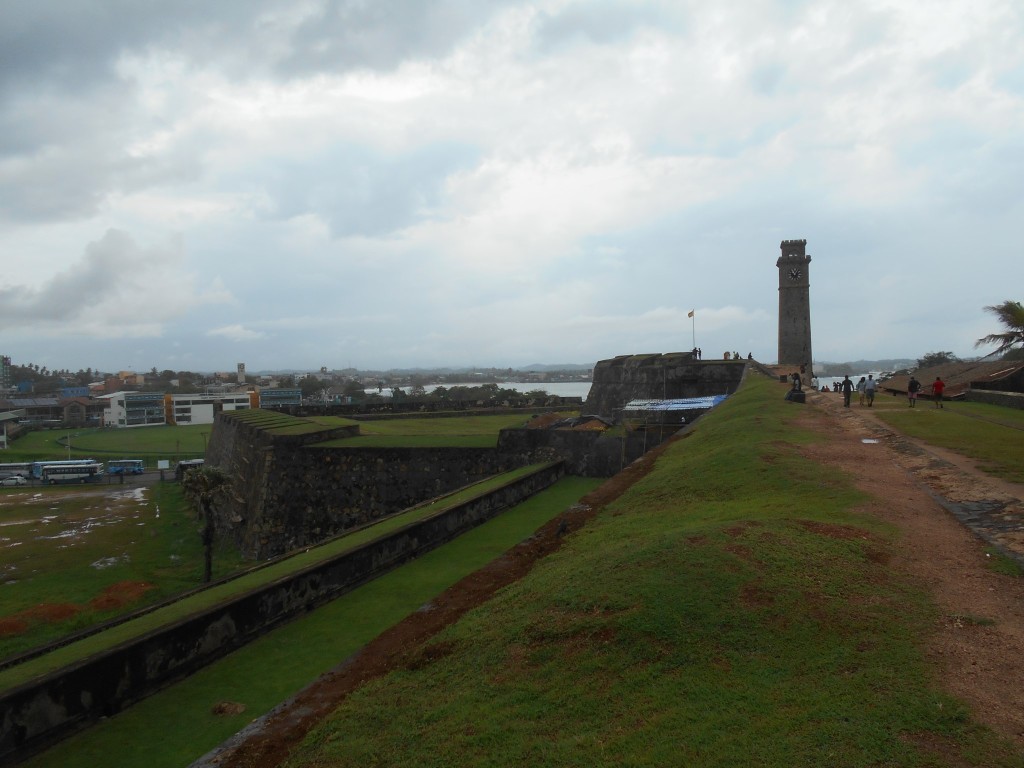



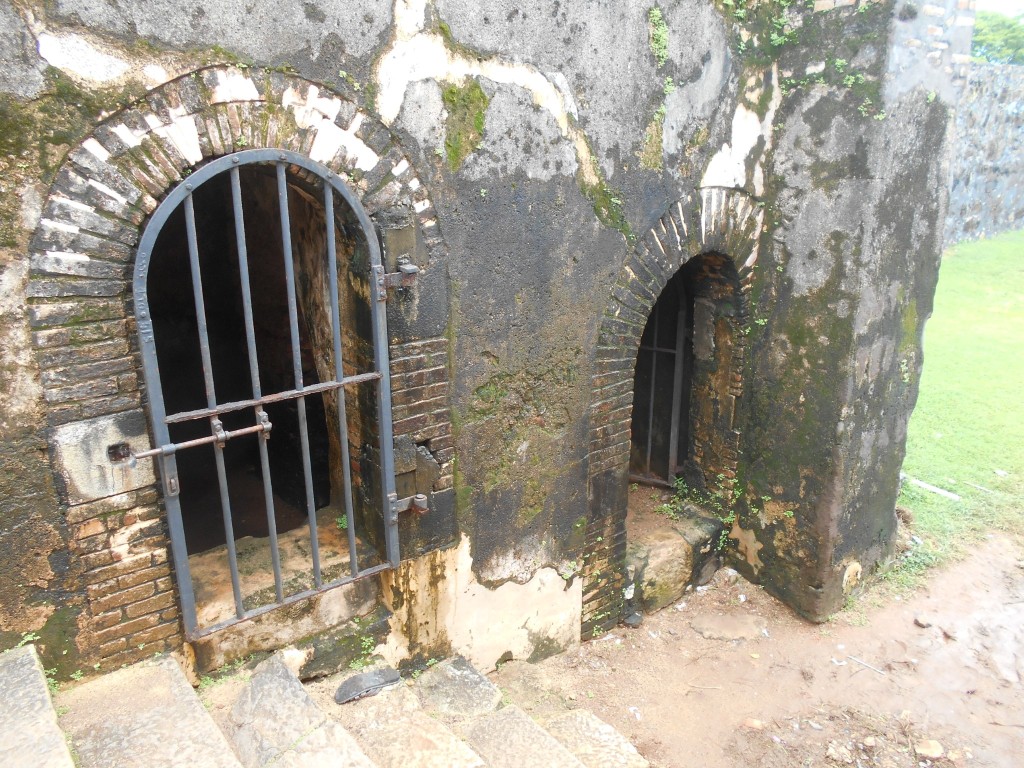




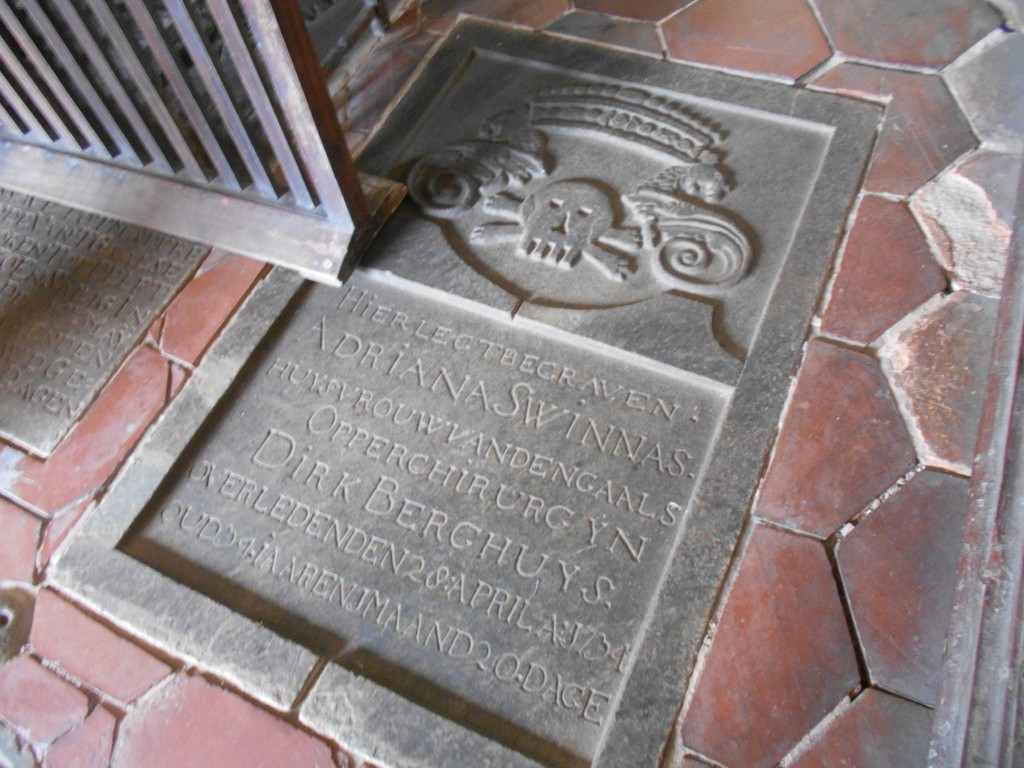
After enough walking around, I headed back to the hostel. Fortunately the rain had held off. The next morning I had enough time to visit a prominent church before catching the train to Colombo. I noted the discreet presence of a security officer near the front, likely in response to the Easter Bombings.
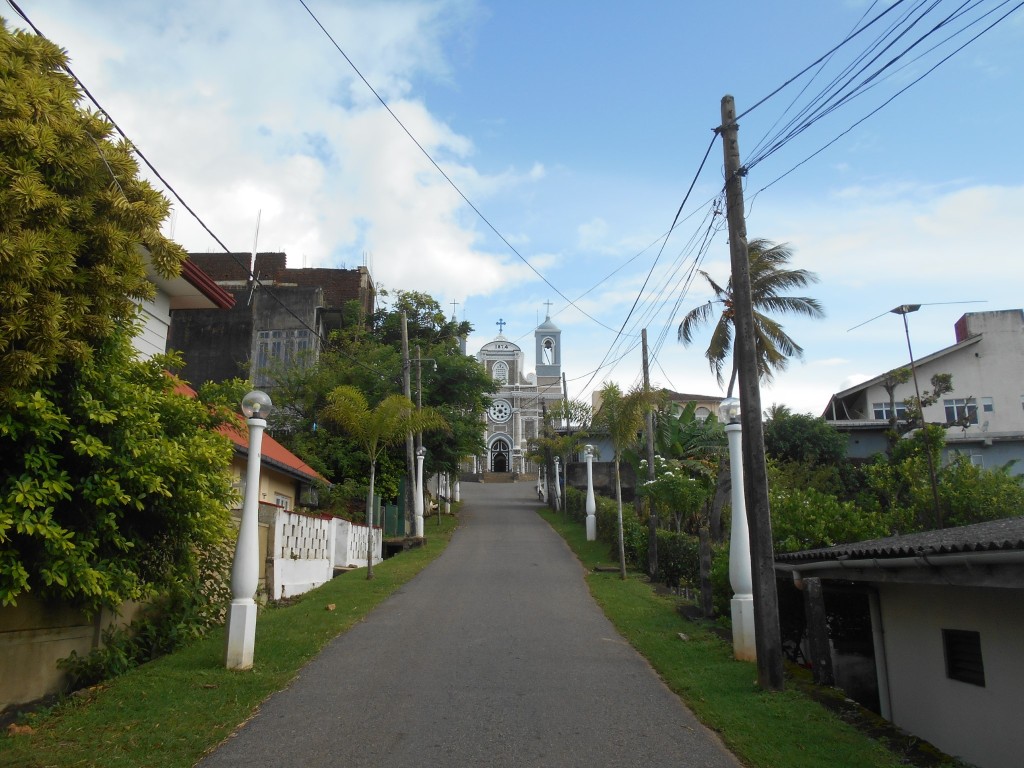

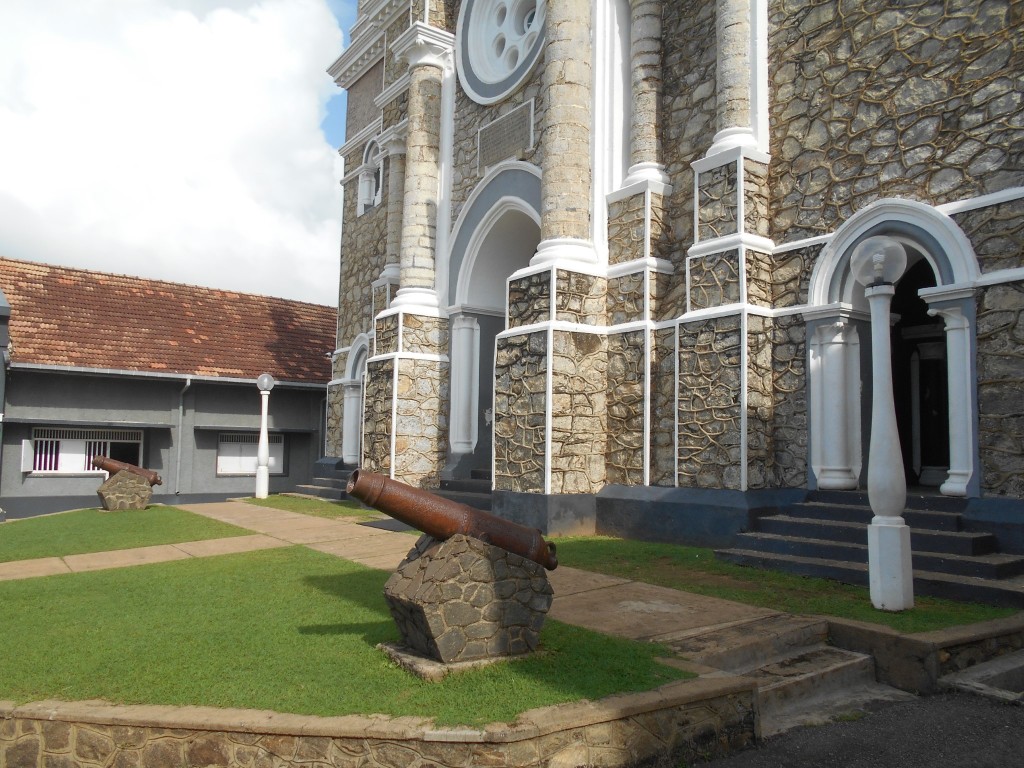


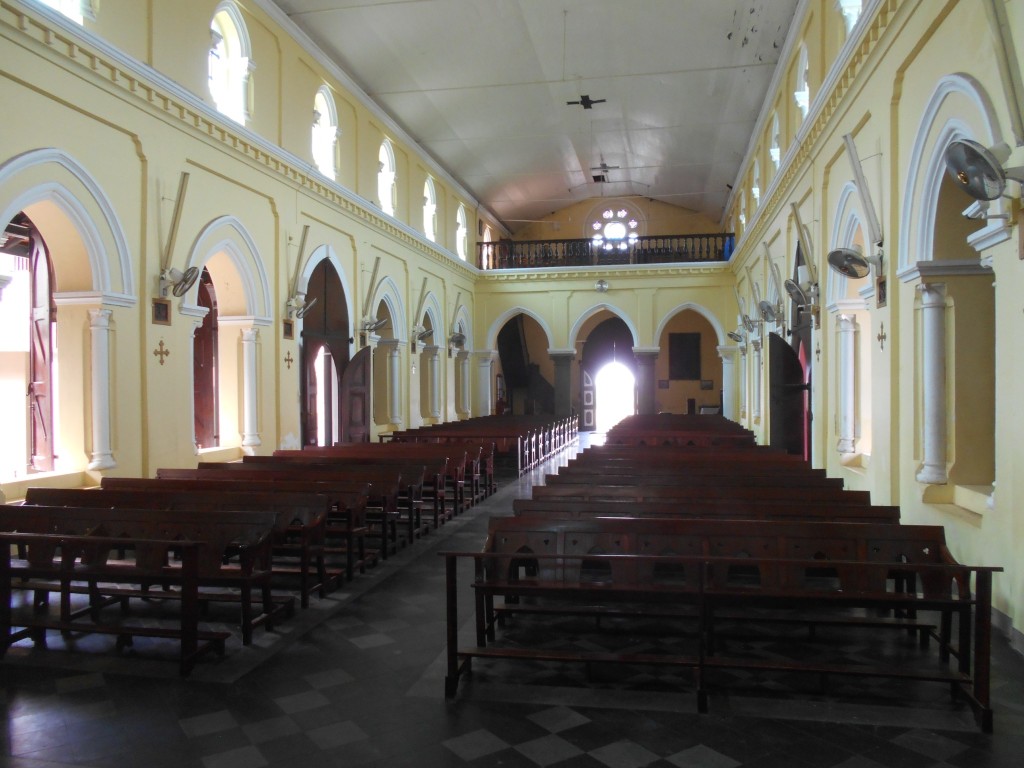
After waiting out a brief downpour, I grabbed my stuff from the hostel and caught the train to Colombo. The several hour train ride cost less than a dollar. At one station, I was surprised to see a locomotive flagged as from Newfoundland. It had apparently ended up in Sri Lanka after the Newfoundland Railway closed in 1988. The ride was near the coast the entire time and the last stretch in Colombo was right on the water. The train terminated at Fort Railway Station, the main station in Colombo. I had about an hour to spare so I walked around the bustling market district and picked up an English newspaper. I saw a popular spot selling milk shakes in the range of 50 to 65 cents so I grabbed one as a treat. Eventually I caught the local train heading to Negombo near the airport, the same train as when I first came into Sri Lanka. Sure enough, I got round two of the old man playing the recorder terribly! One of the more unique moments of the trip. I got off at Katunayaka South Railway Station and walked to the hostel where there were a few other people staying to talk to. It turned out one guy was on the same flight to Chennai as me so we decided to share a tuk tuk ride to the airport the next morning. I grabbed dinner across the street with him and then relaxed for the evening.
The next morning, Septembeer 19, 2019, things went as planned and we headed to the airport on time. Security was tight and our tuk tuk couldn’t even approach the front of the airport due to restrictions. We had a ten minute walk to the entrance. It should have been expected by this point, but the agent at the outer door asked to see flight confirmation information. I had it downloaded on my laptop just in case so I pulled it out and started trying to pull it up when he finally just impatiently waved me through. A round of security was next and then I got to the check-in desk. Since I was planning on spending 2 months in India and had a six month visa, I did not think proof of onward travel would be necessary. However, unfortunately the agent said he needed to see it. The guy I was with also hadn’t planned for this so we both scrambled to buy tickets for onward travel. After a few minutes, the agent recommended getting a relatively cheap bus ticket to Nepal and fortunately it was mostly refundable so once that was booked we were all set. Another round of security awaited and we boarded the plane with a little less time to spare than planned. The flight was only one and a half hours. I was pretty excited to see what awaited in India as well as a little nervous. I thought that India would be like Sri Lanka, except a little more intense, but I would quickly find out that was a major underestimate.

Overall, I found Sri Lanka to be one of the most well-rounded countries I visited. Of the places I visited, the Sri Lankan people were some of the nicest. The infrastructure was good so getting around the relatively small country was easy. The country seemed to be on the upswing economically and there was not much extreme poverty. Every obstacle seemed to be malleable and things always seemed to work out well in the end. There was a nice low-key backpacking scene, while at the same time the country seemed mostly undiscovered by package tourists. It was the cheapest country I visited for food and transportation with typical meals being 50 cents to $1.50 and transportation costing just pennies for short trips. Hostels usually costed between $4 and $8. The weather was quite comfortable in the highlands, even if a bit rainy. The people were quite friendly and happy-go-lucky and many people could speak English. The only downside of Sri Lanka was that the food options were fairly limited, though I probably could have eaten a lot better if I had gone to more restaurants with meals in the $2 to $5 range. Less of a nuisance, but worth mentioning as a con was the crowded buses. Overall, if I were to come back to one country to show friends for a week or two, it would be Sri Lanka. More than two weeks would have to be Nepal.
Next up: Southern India!
